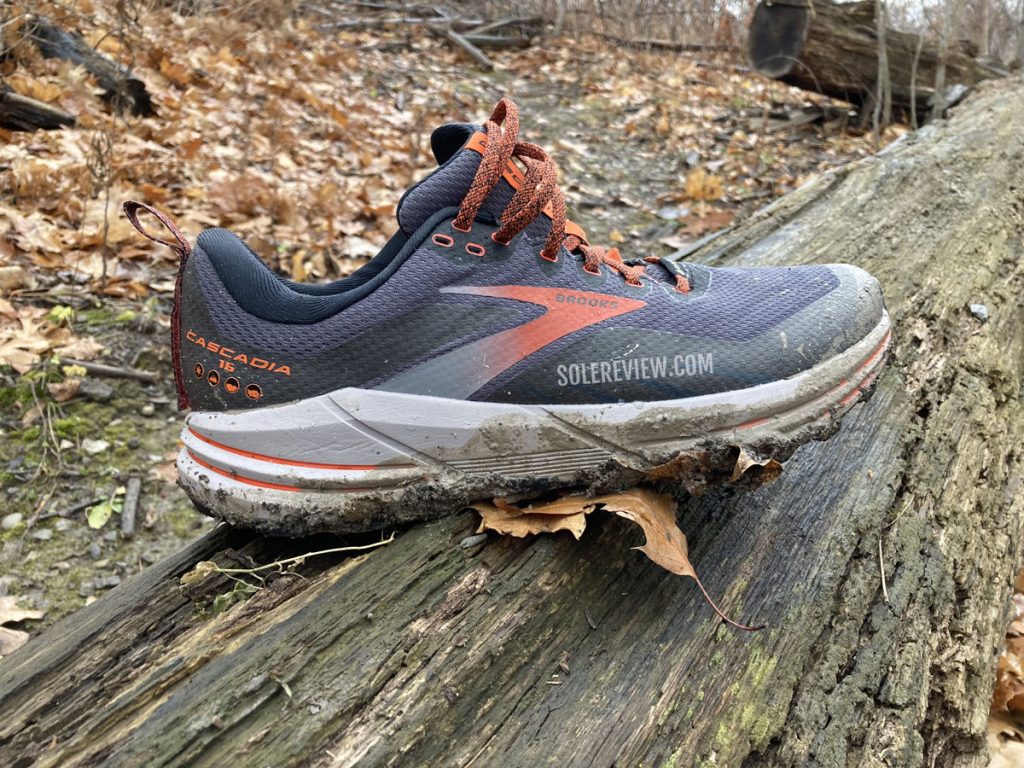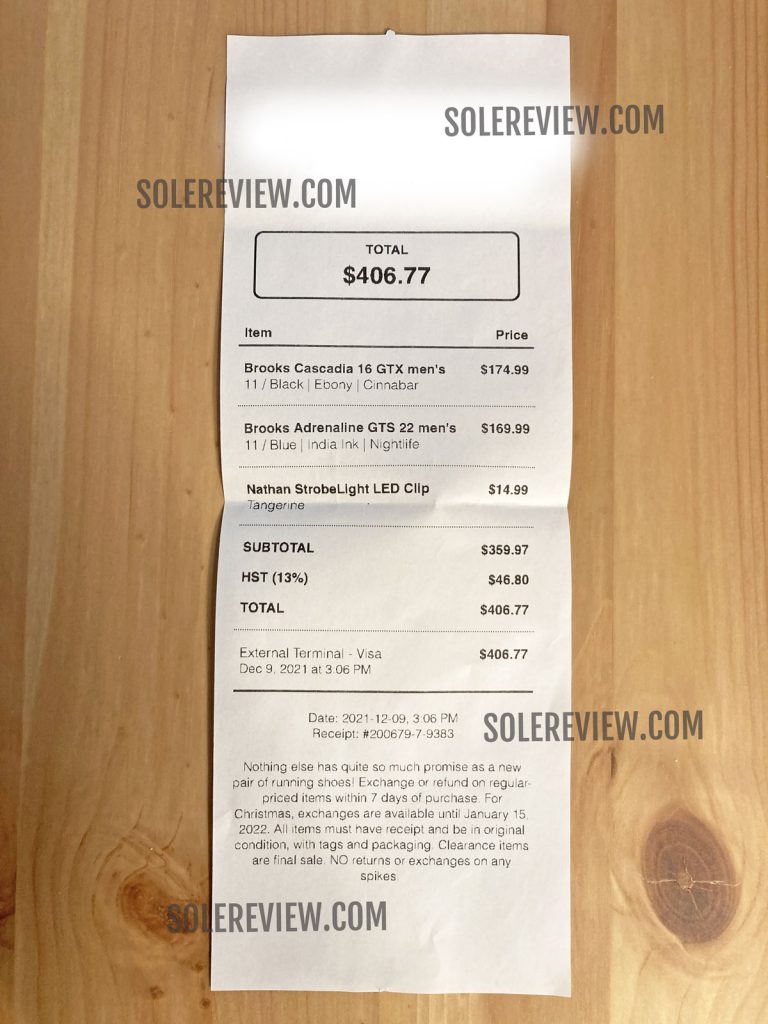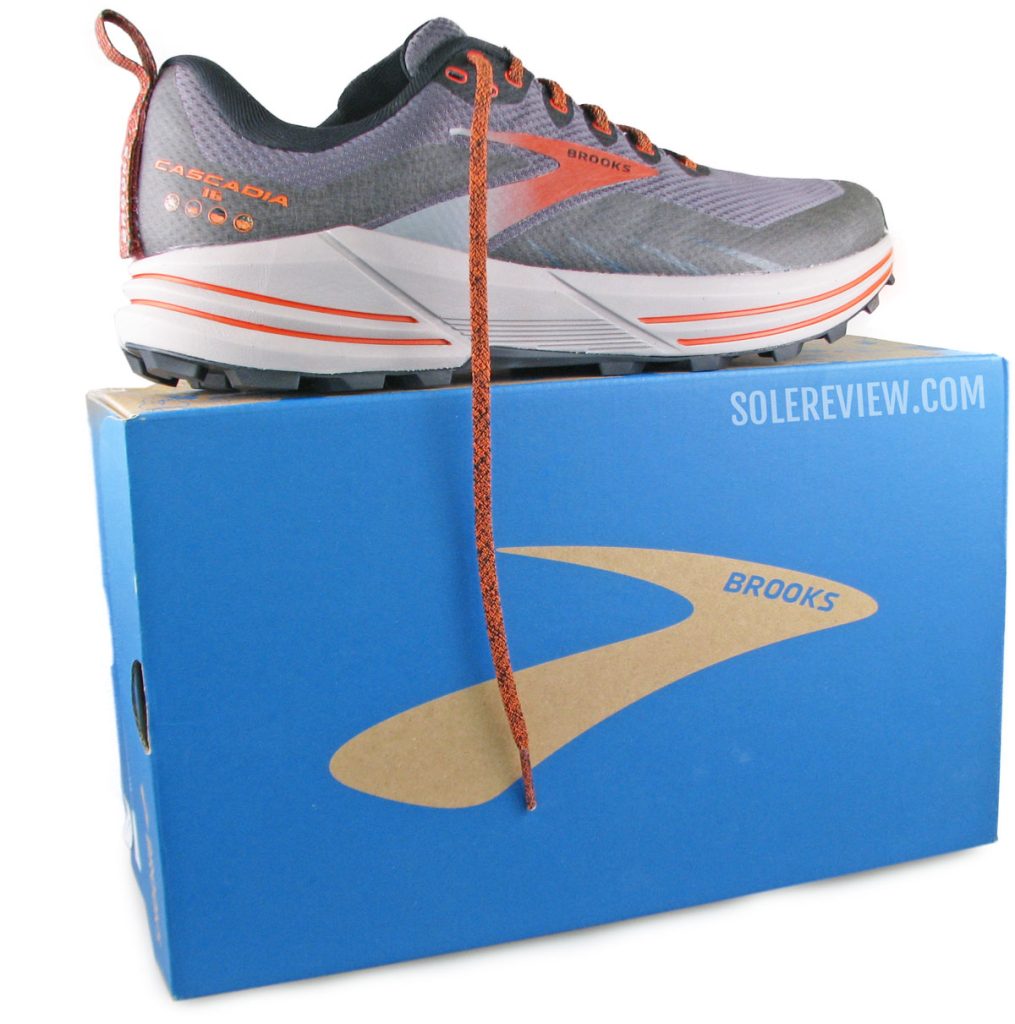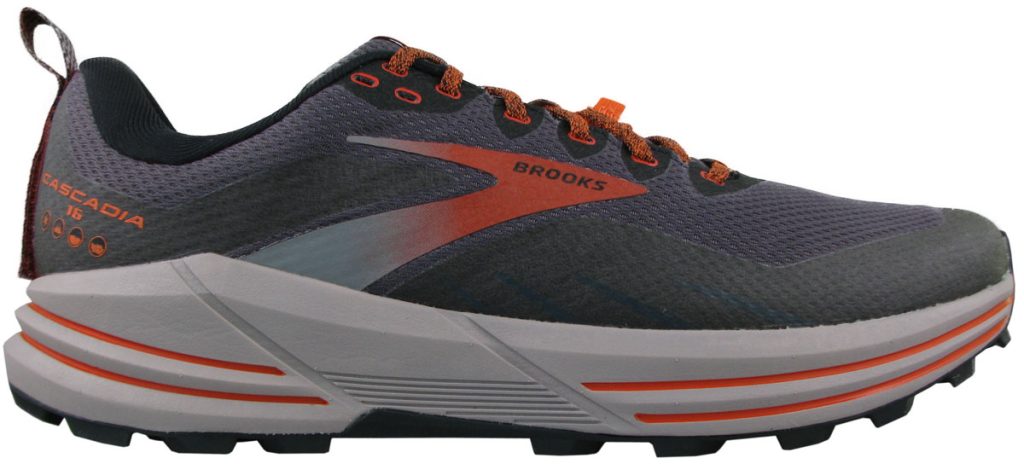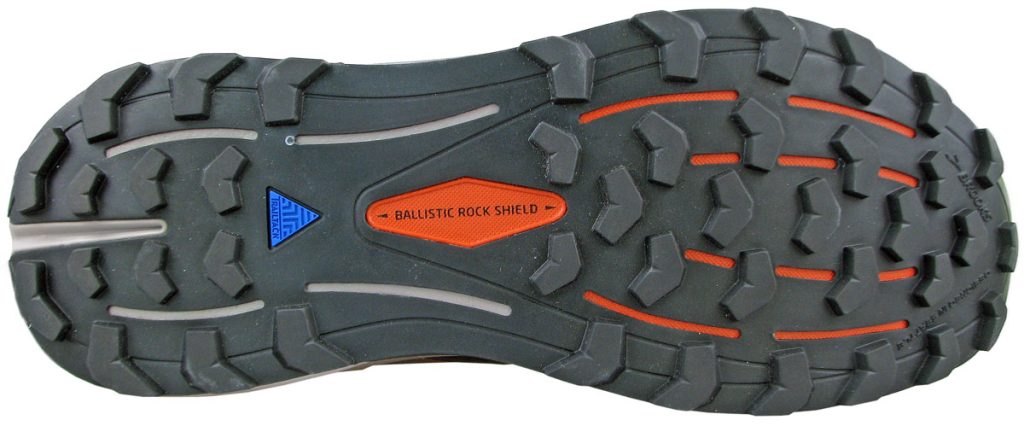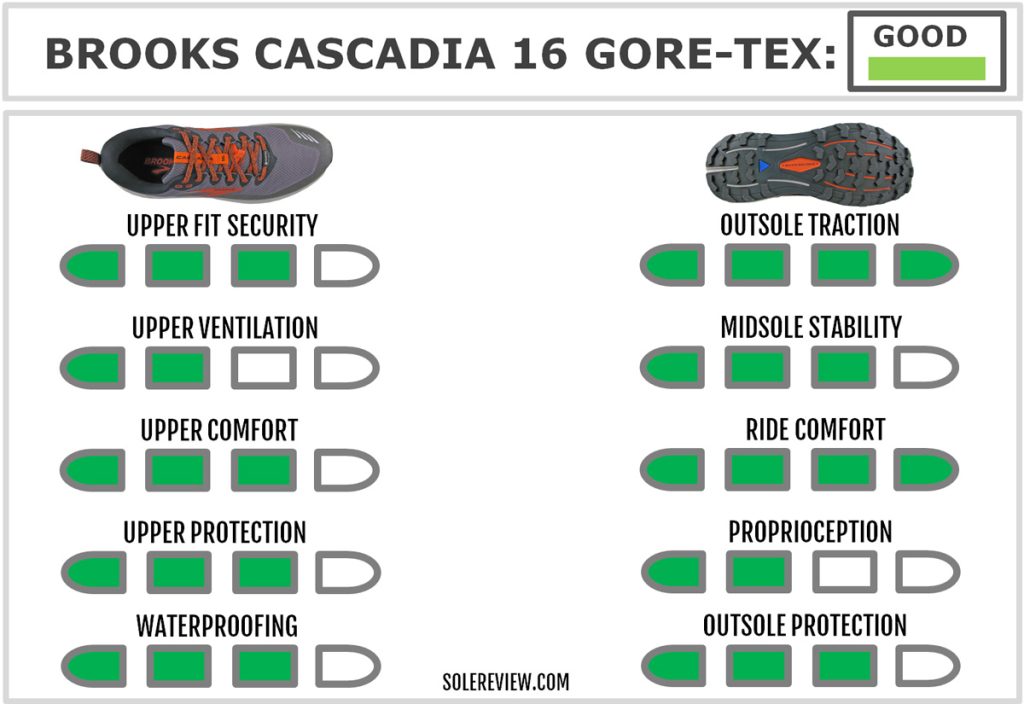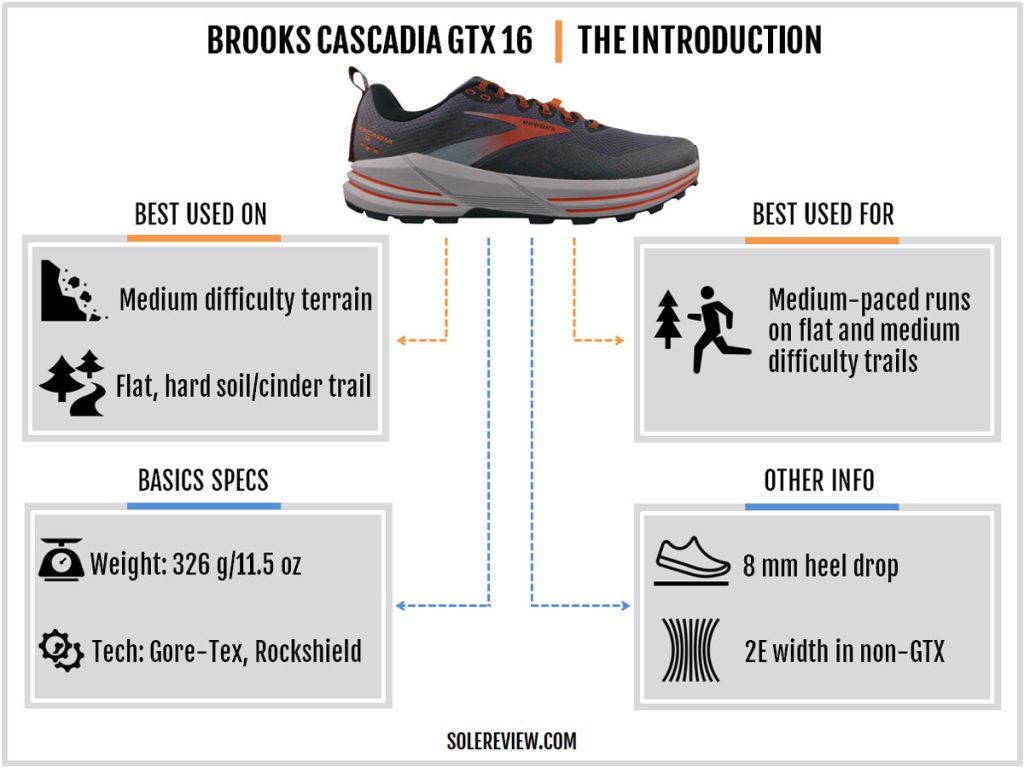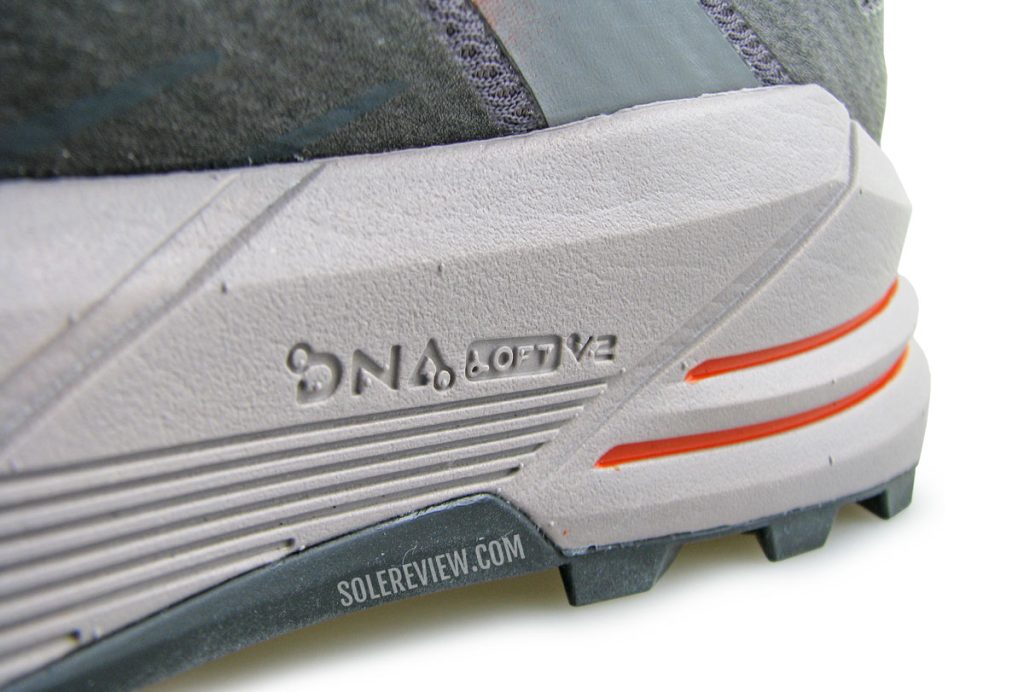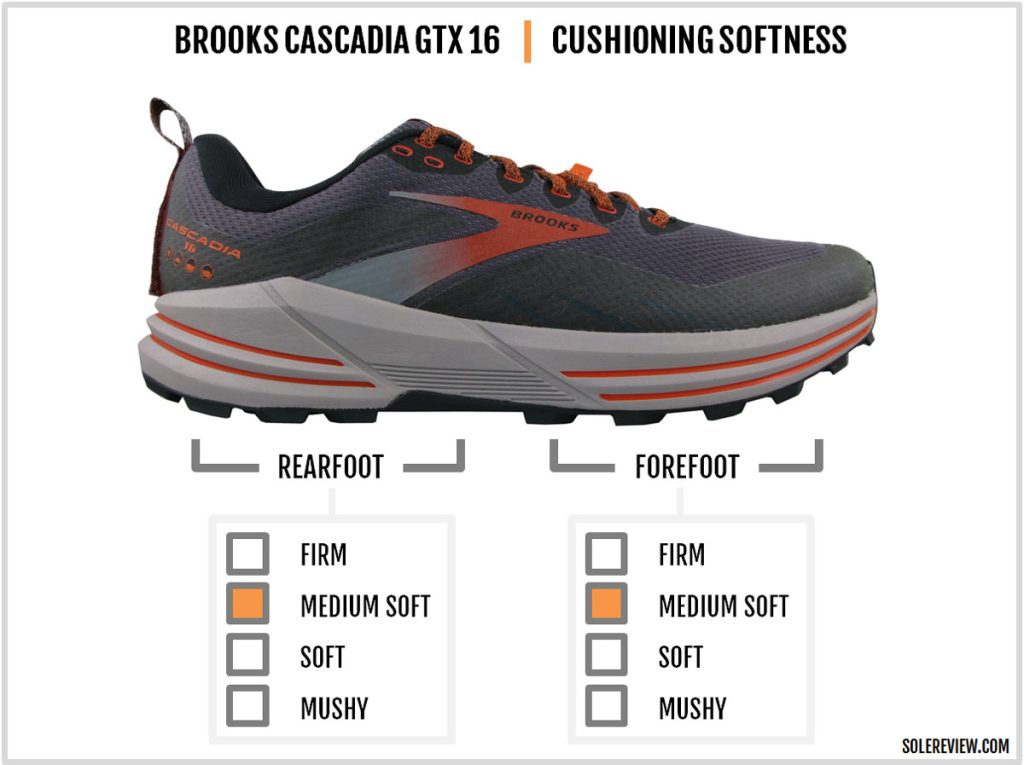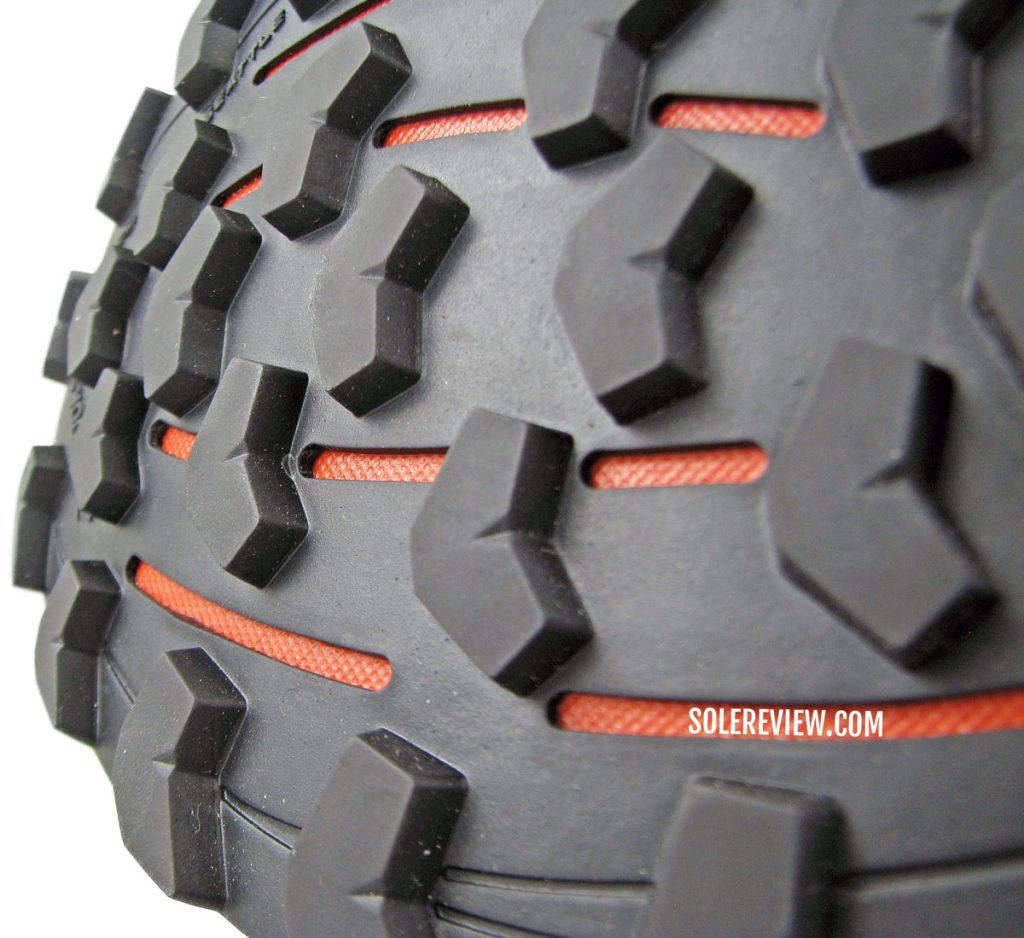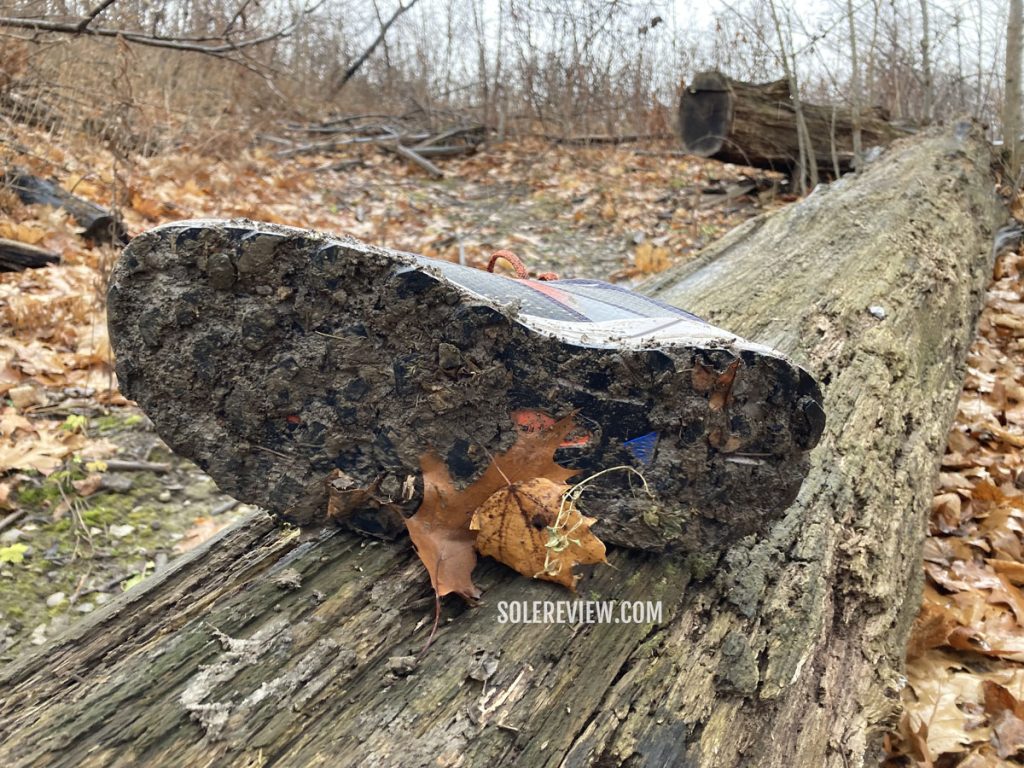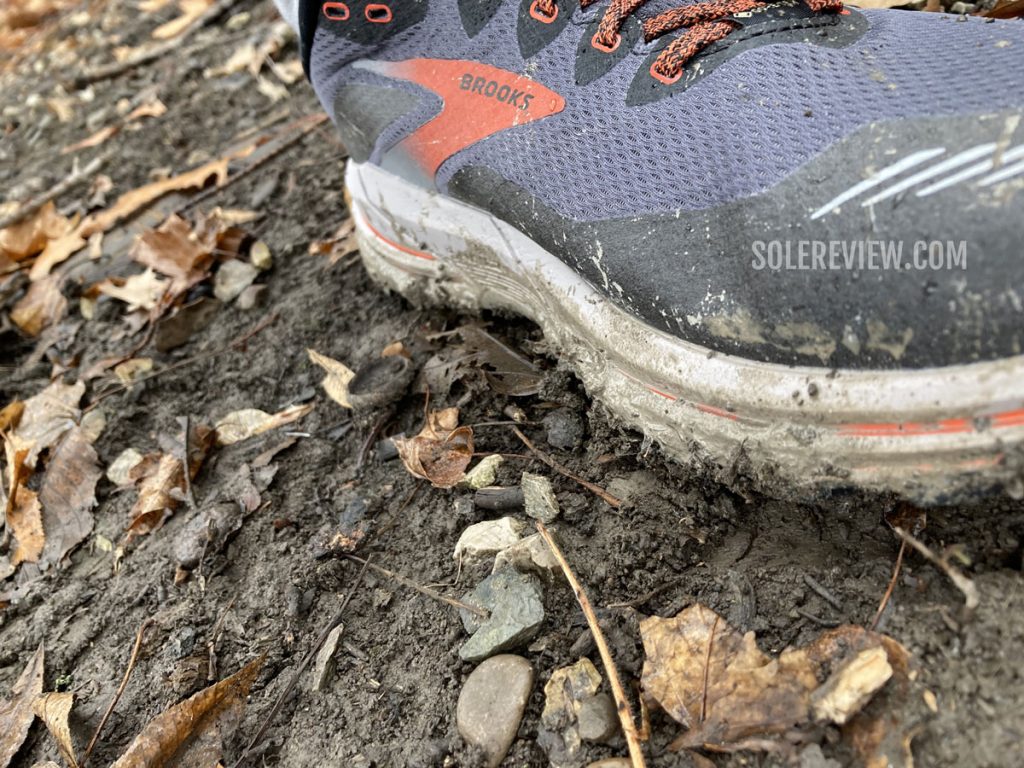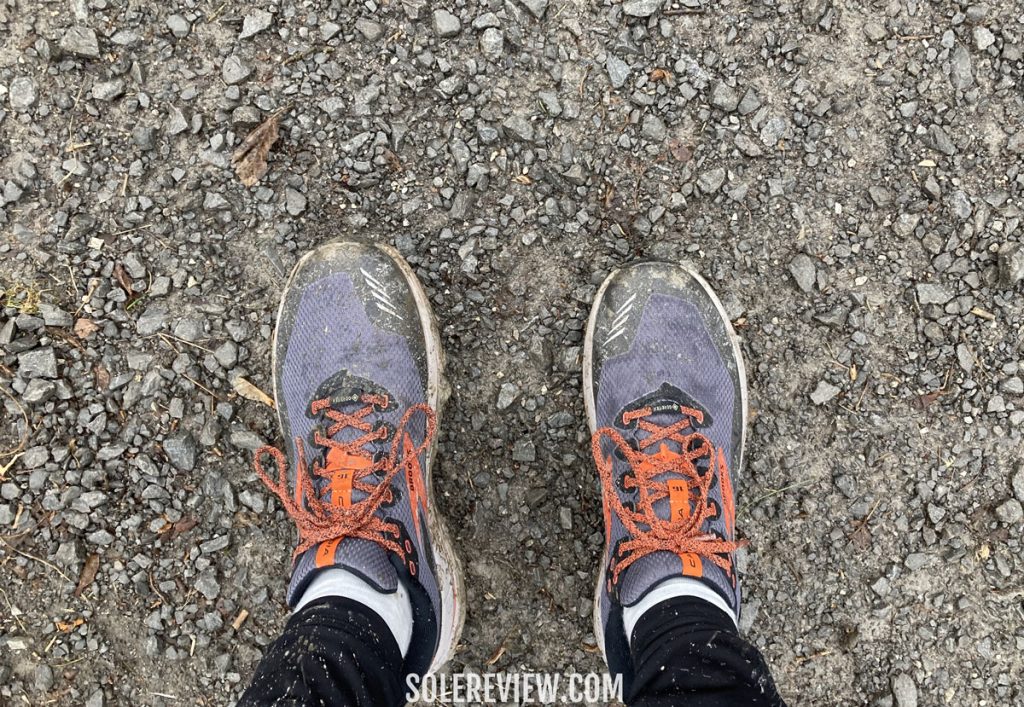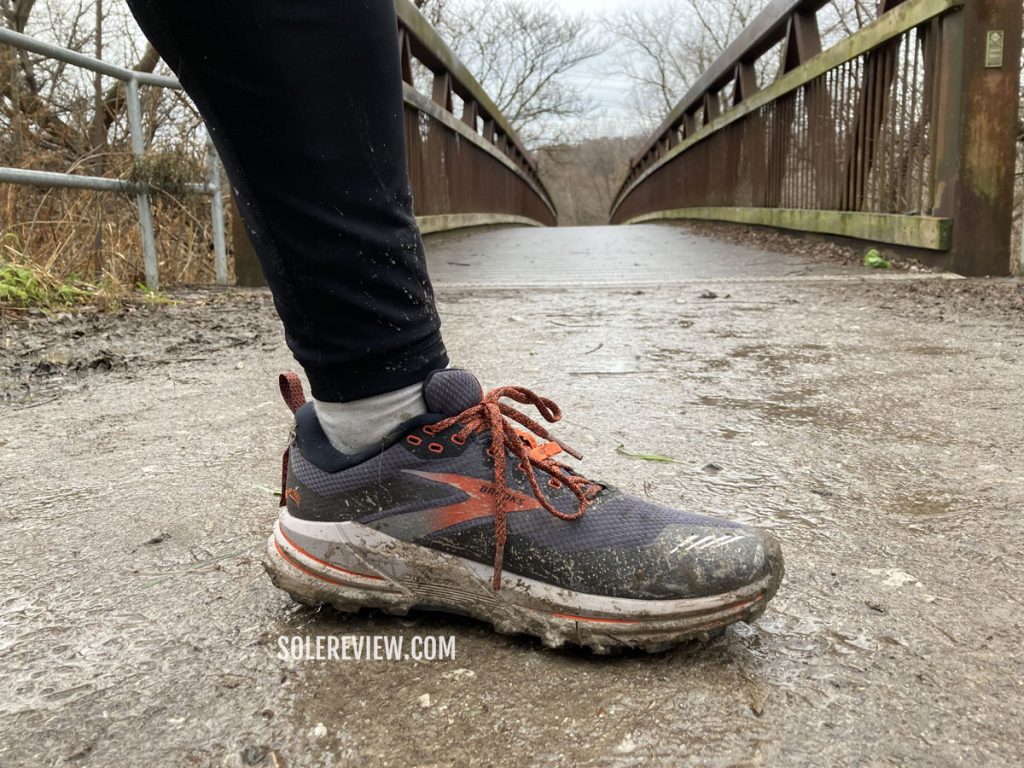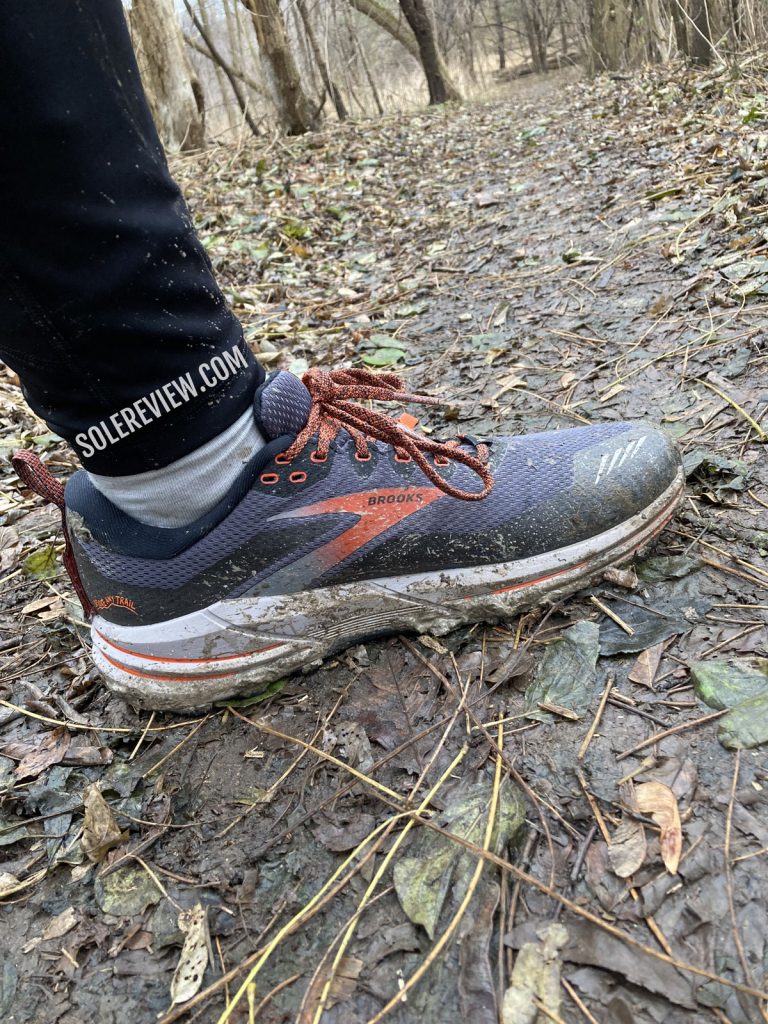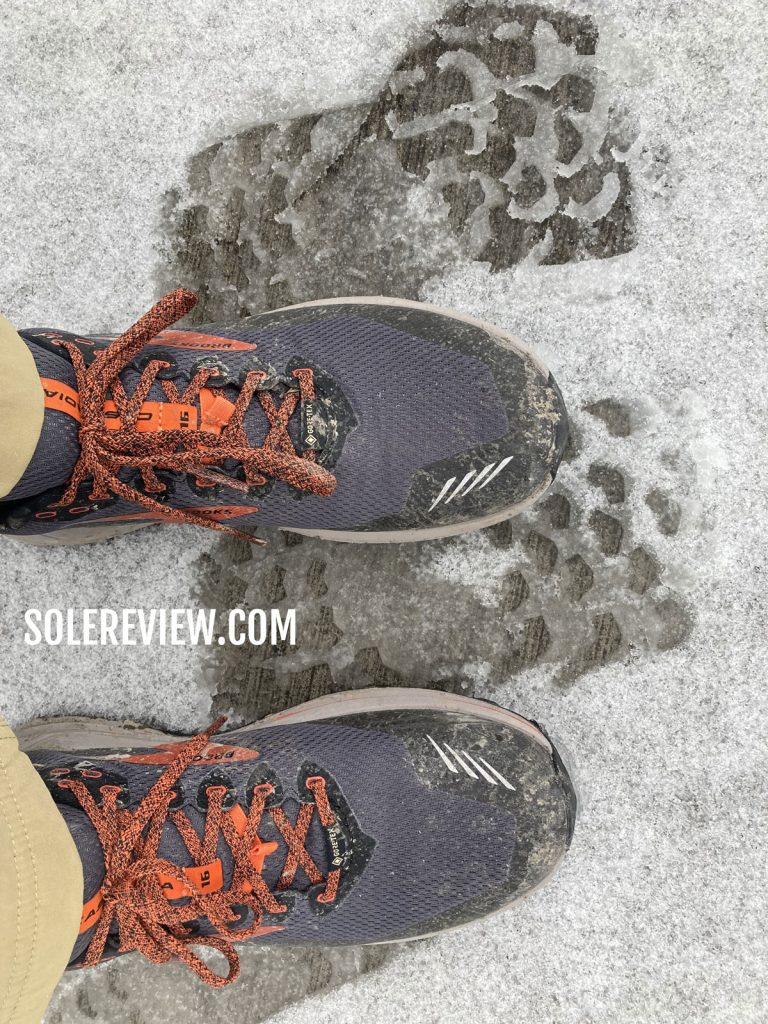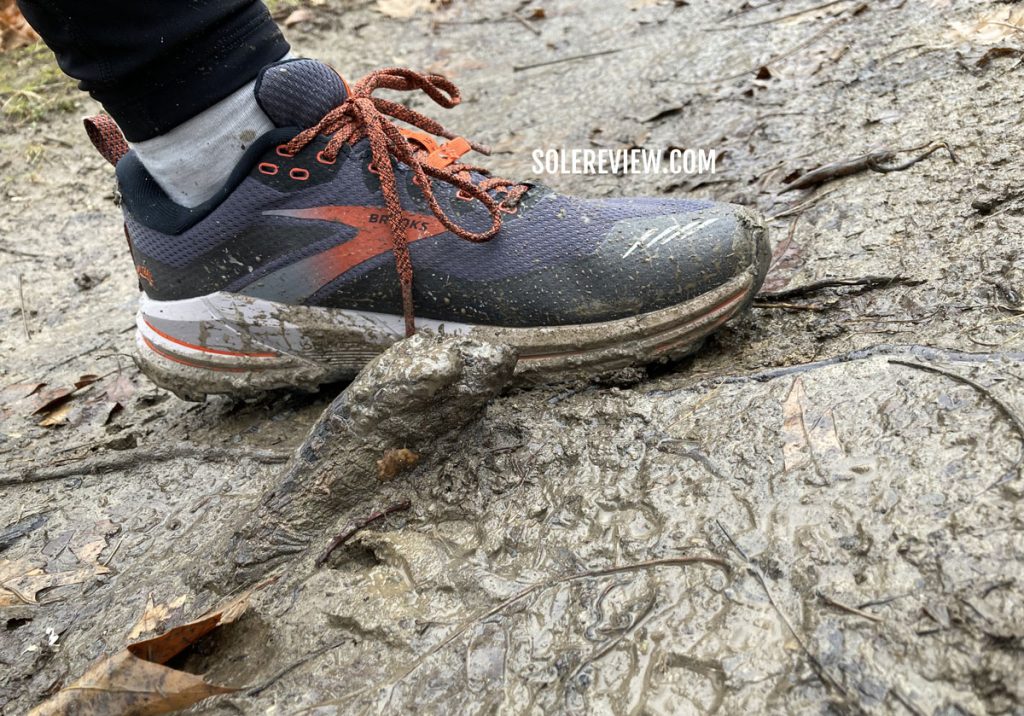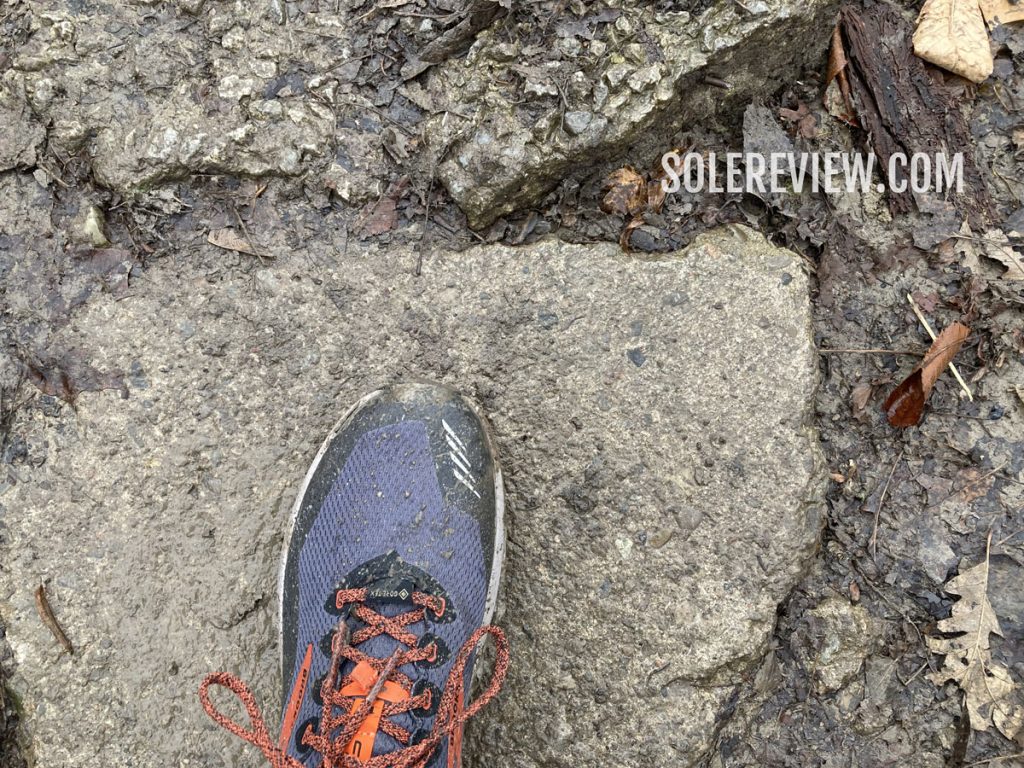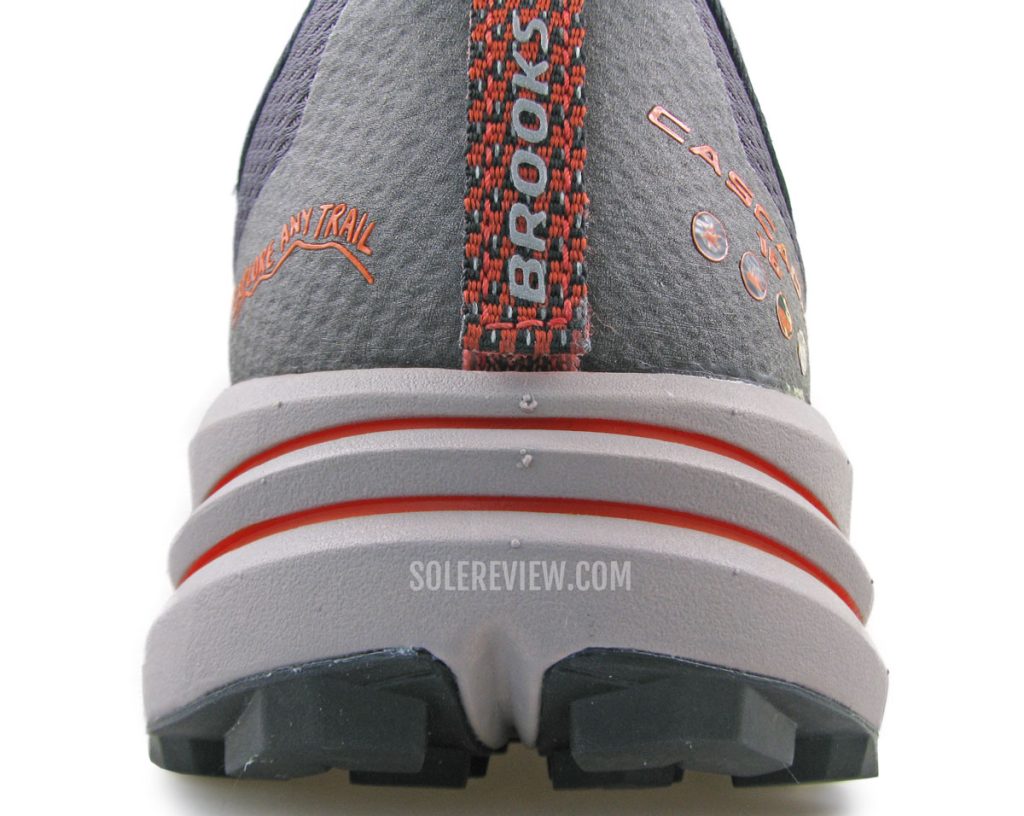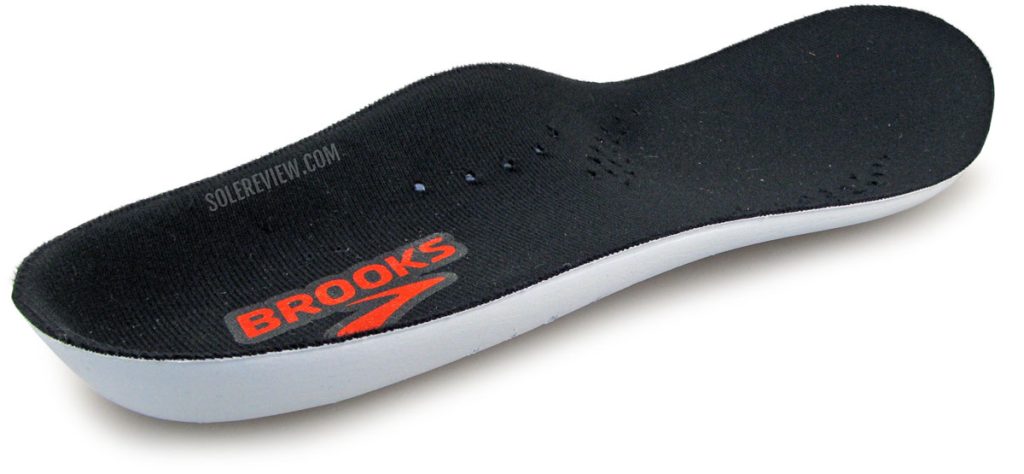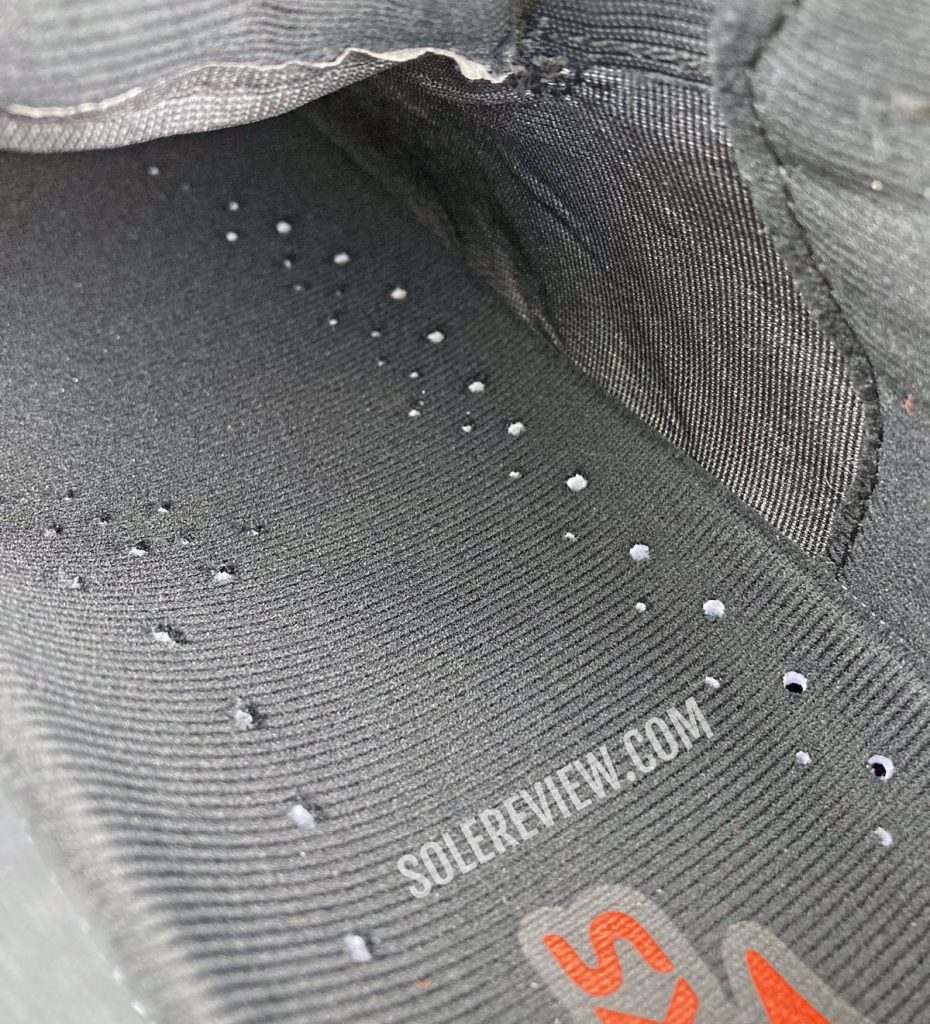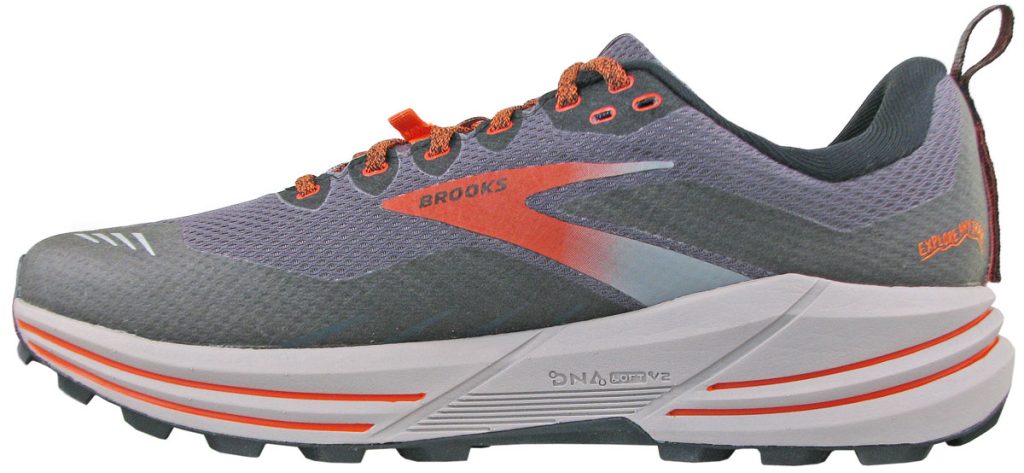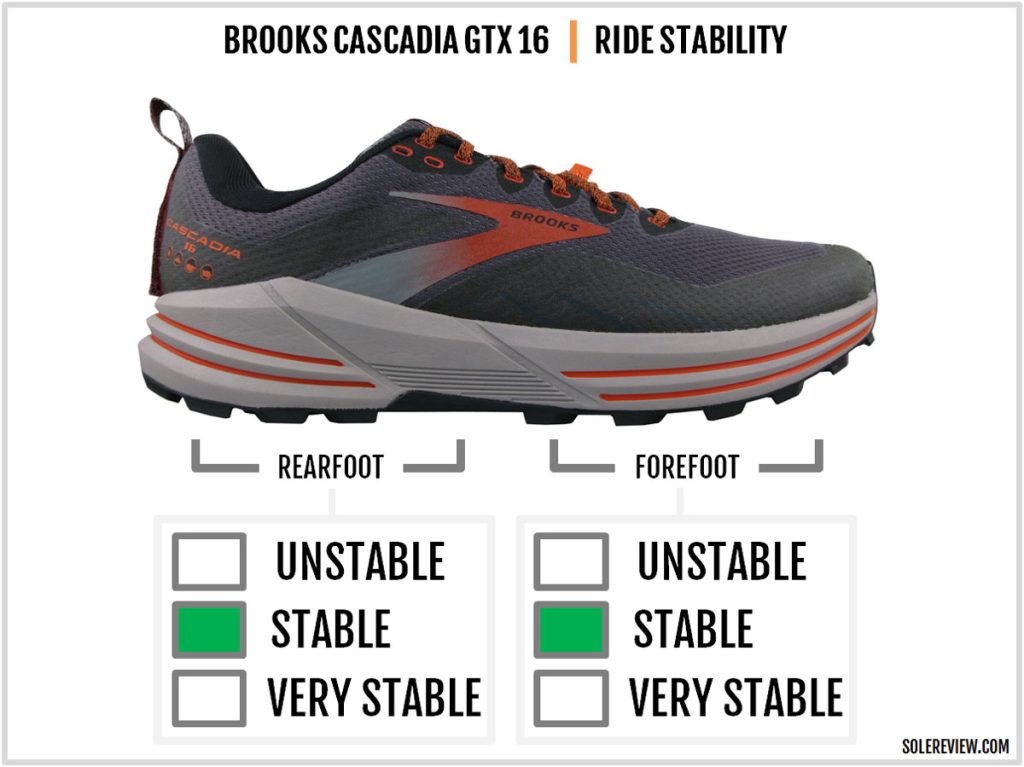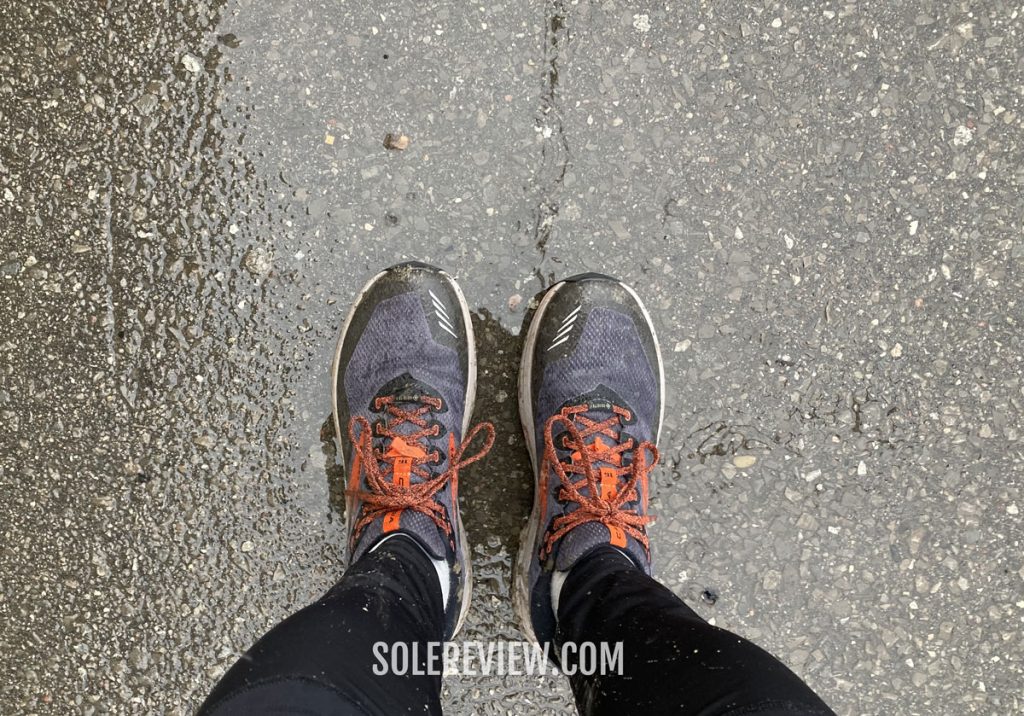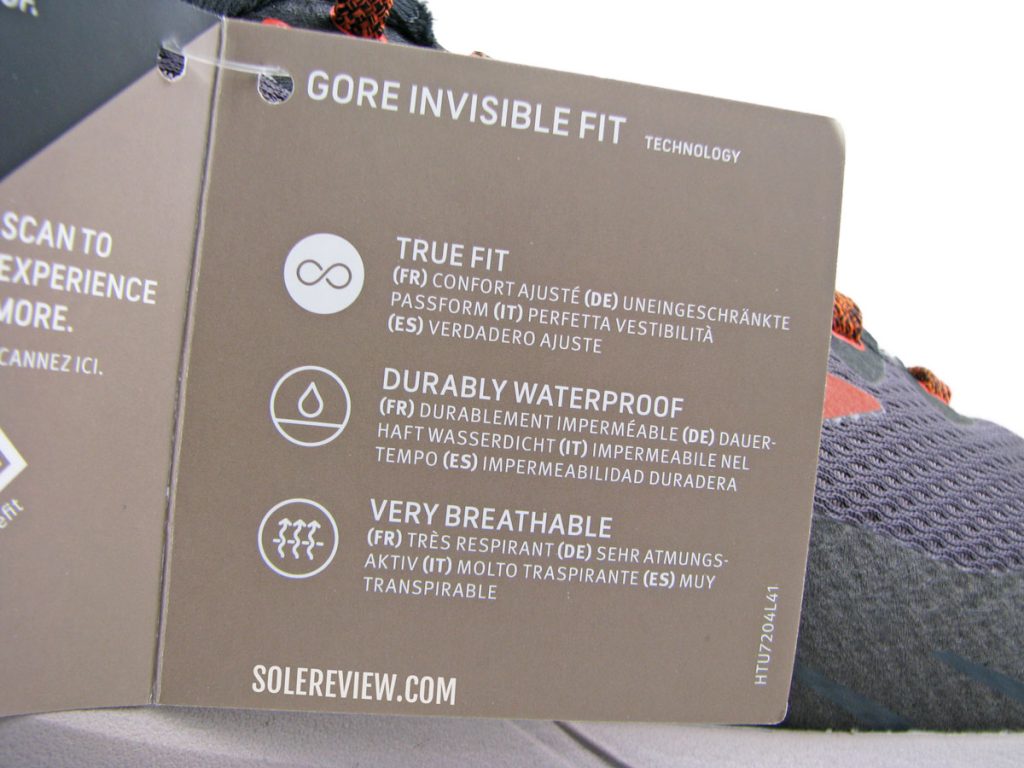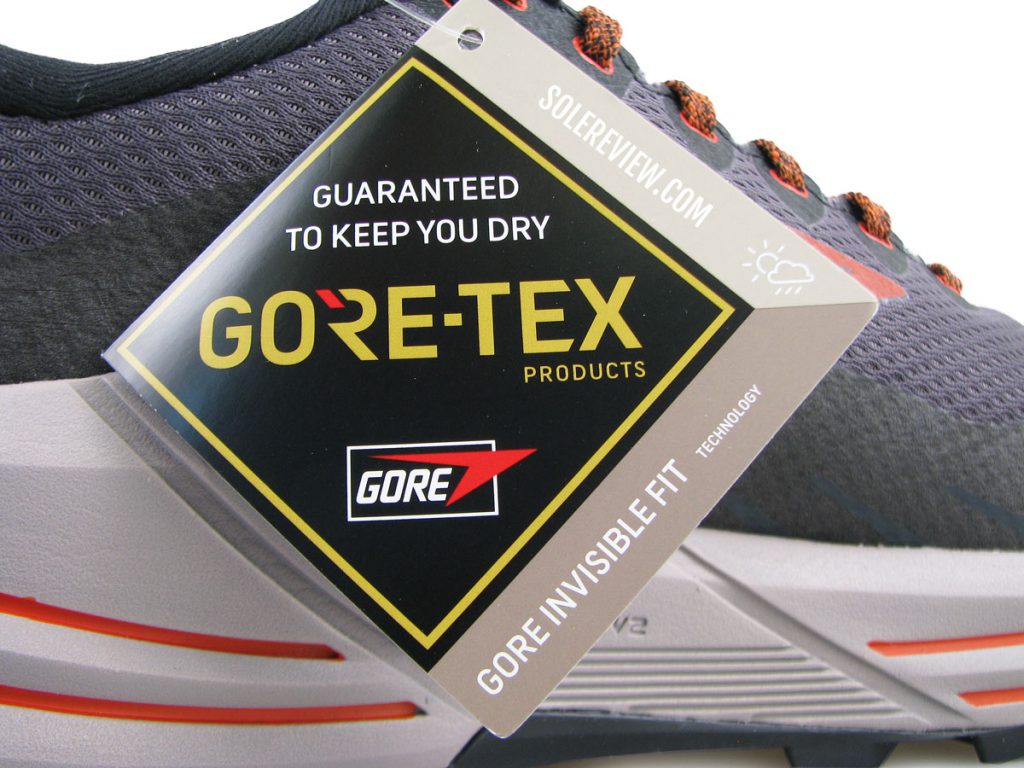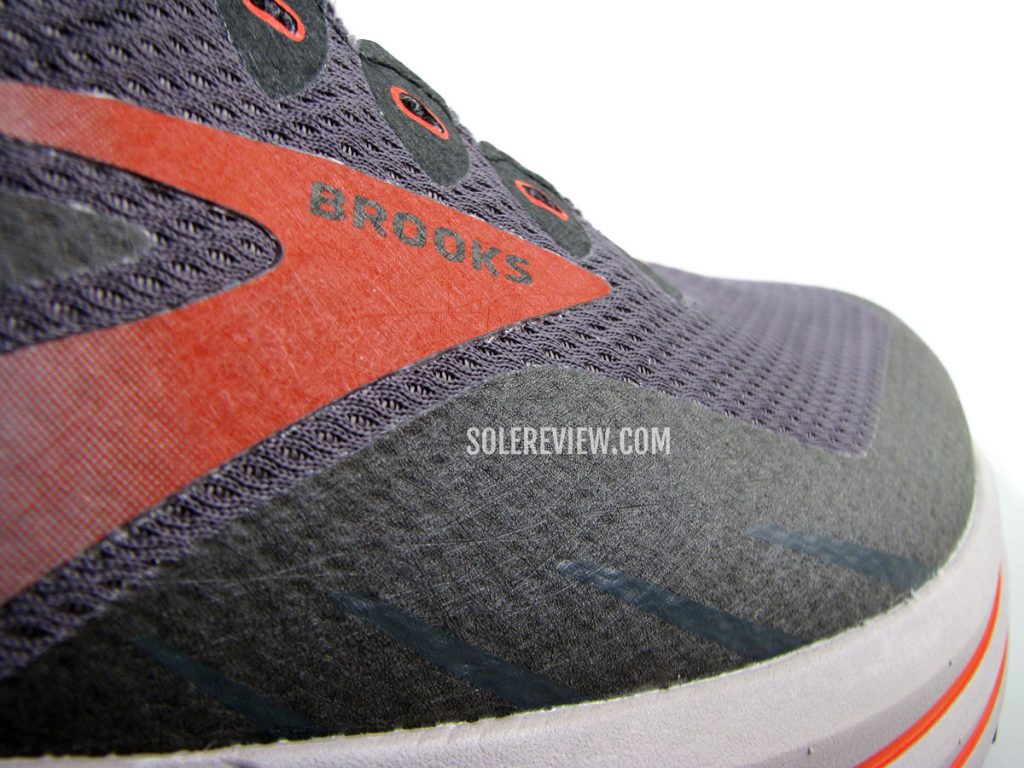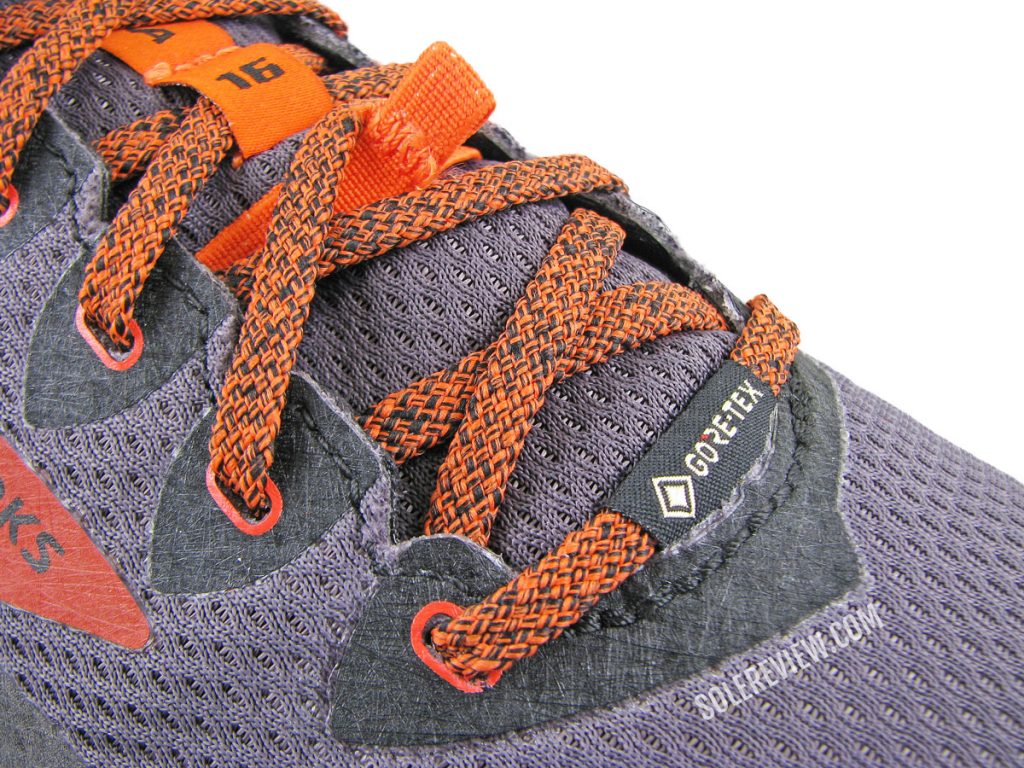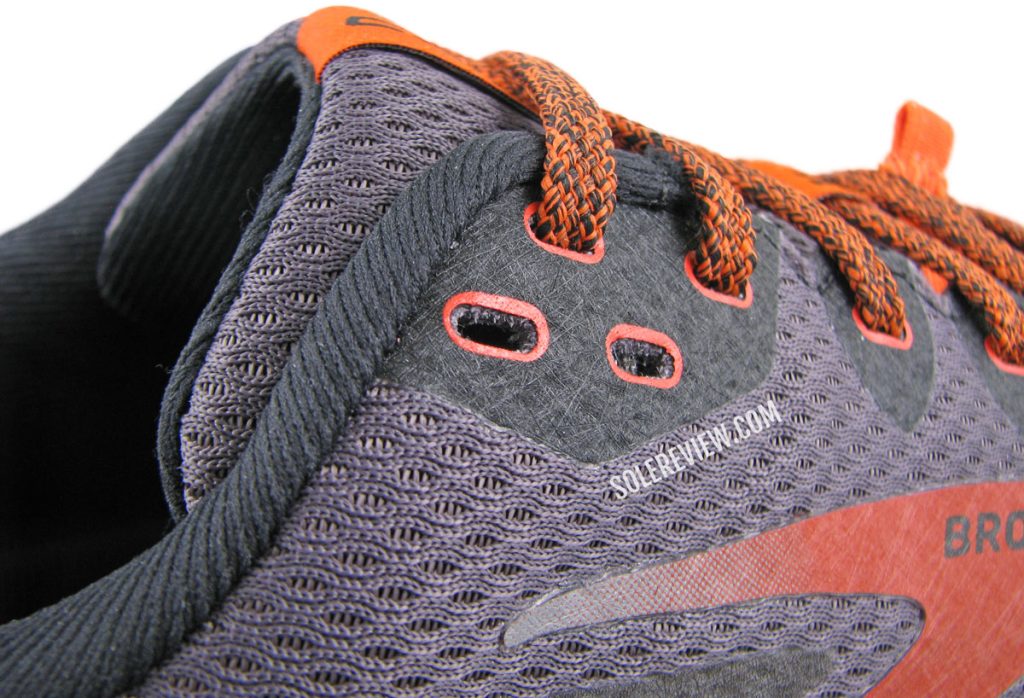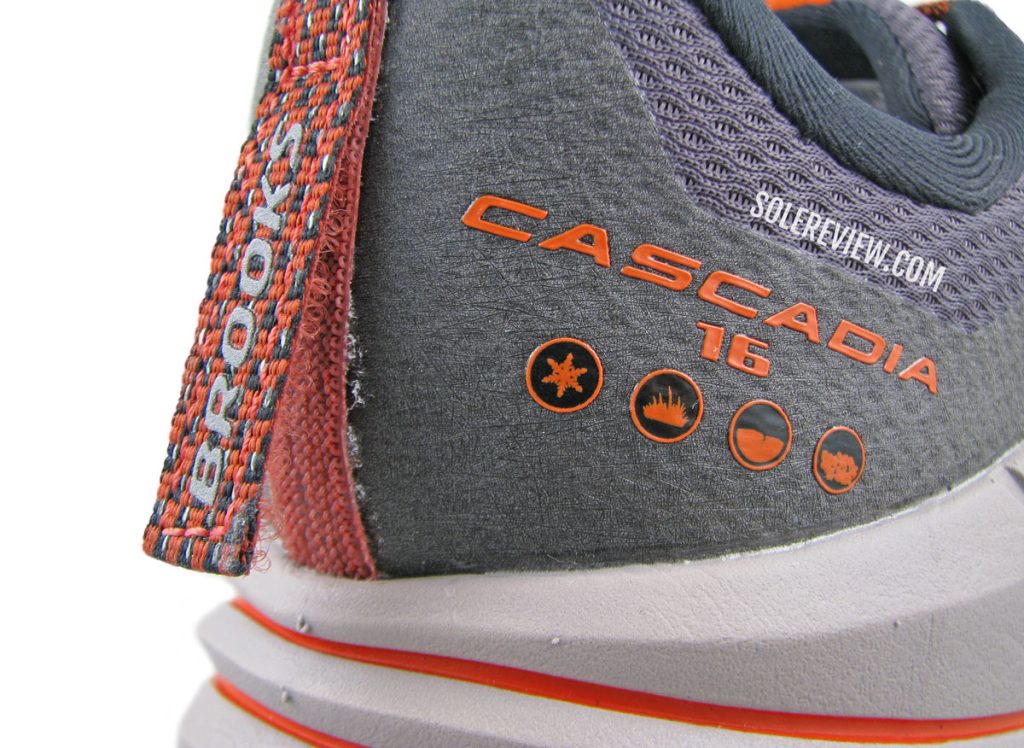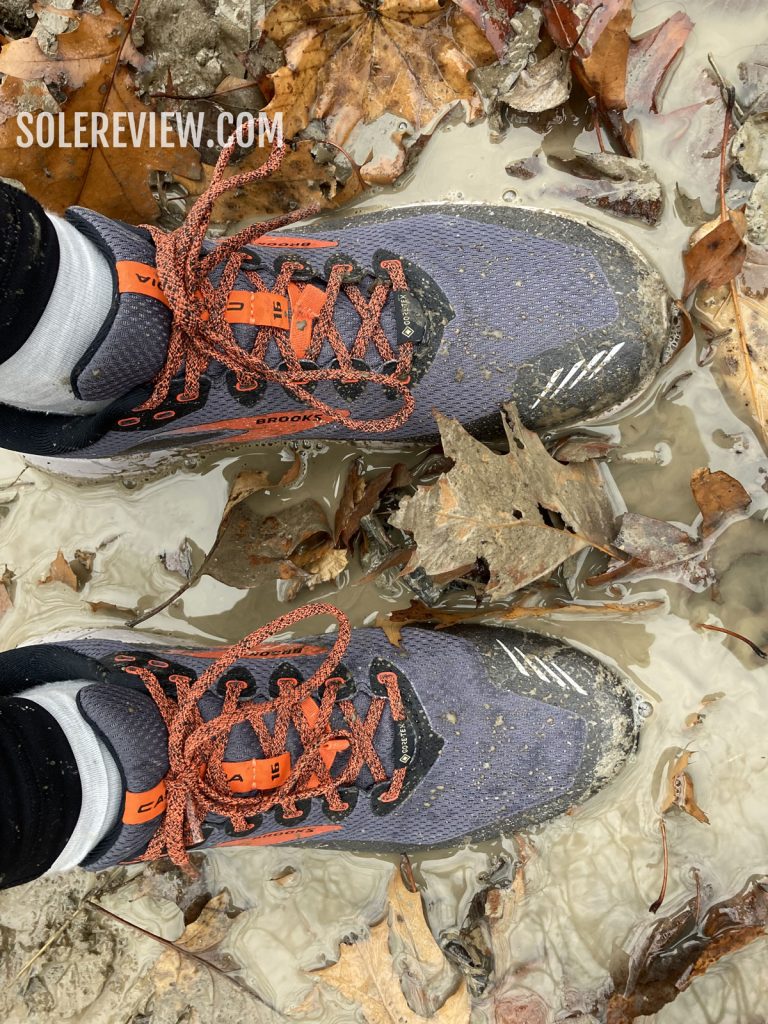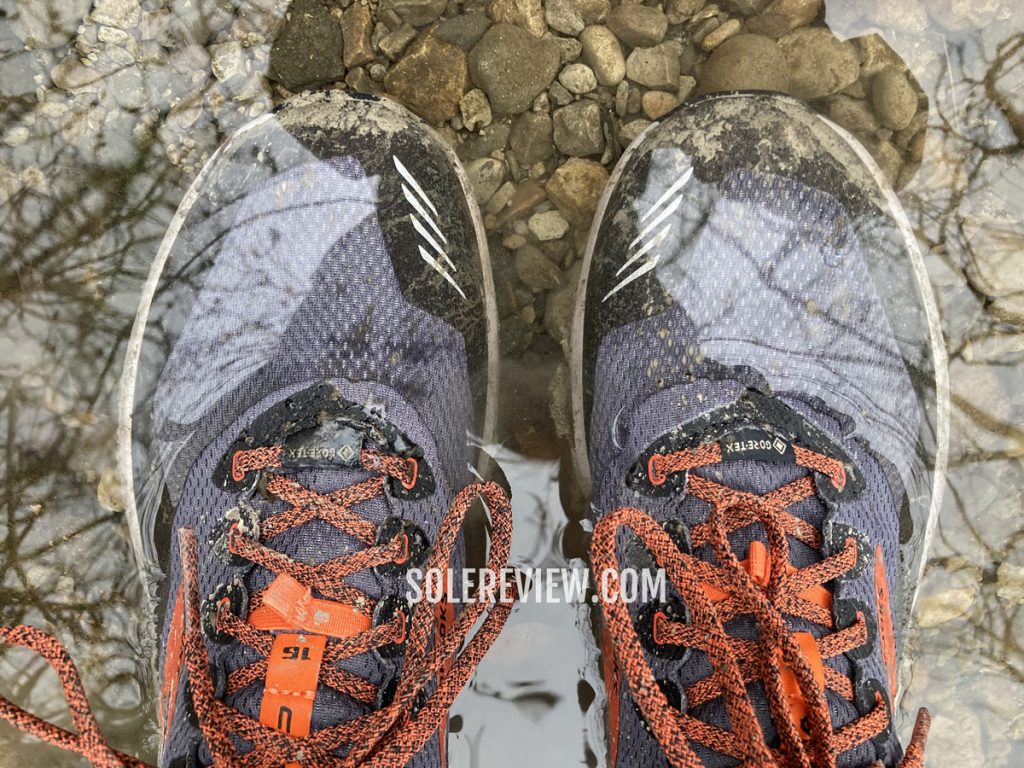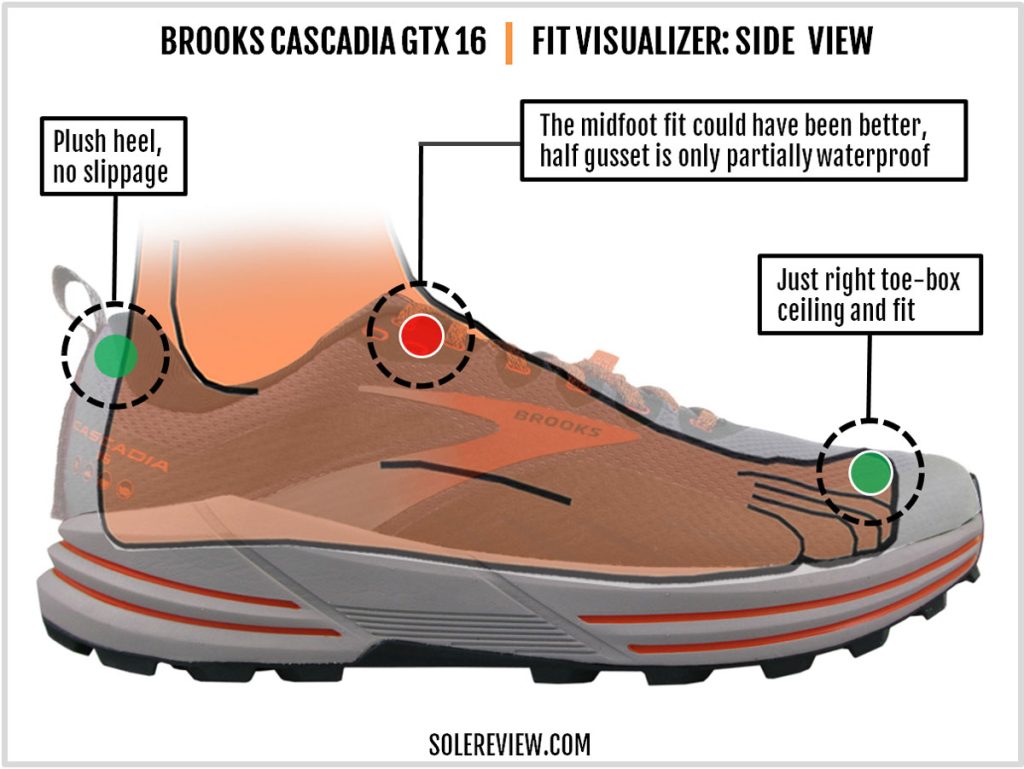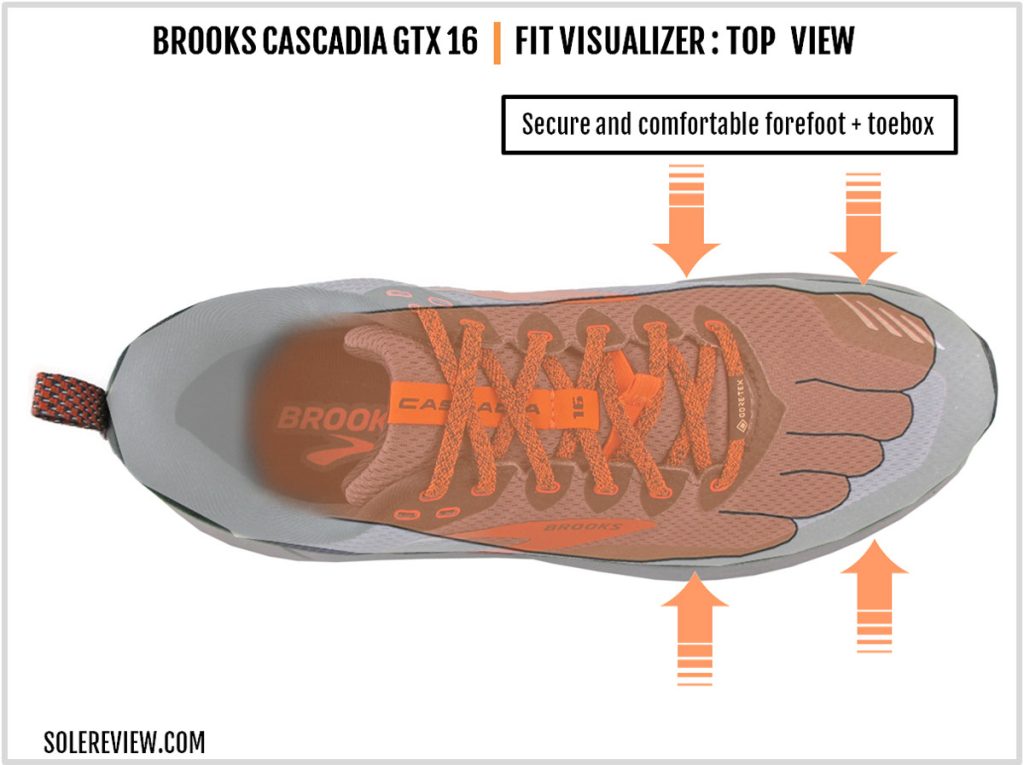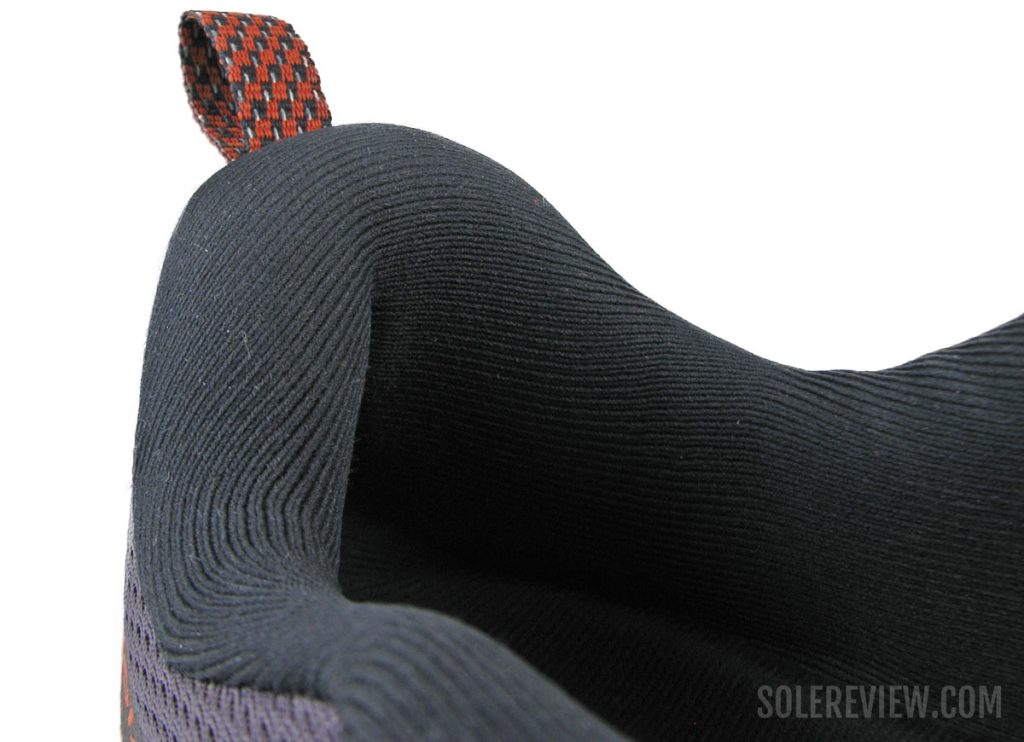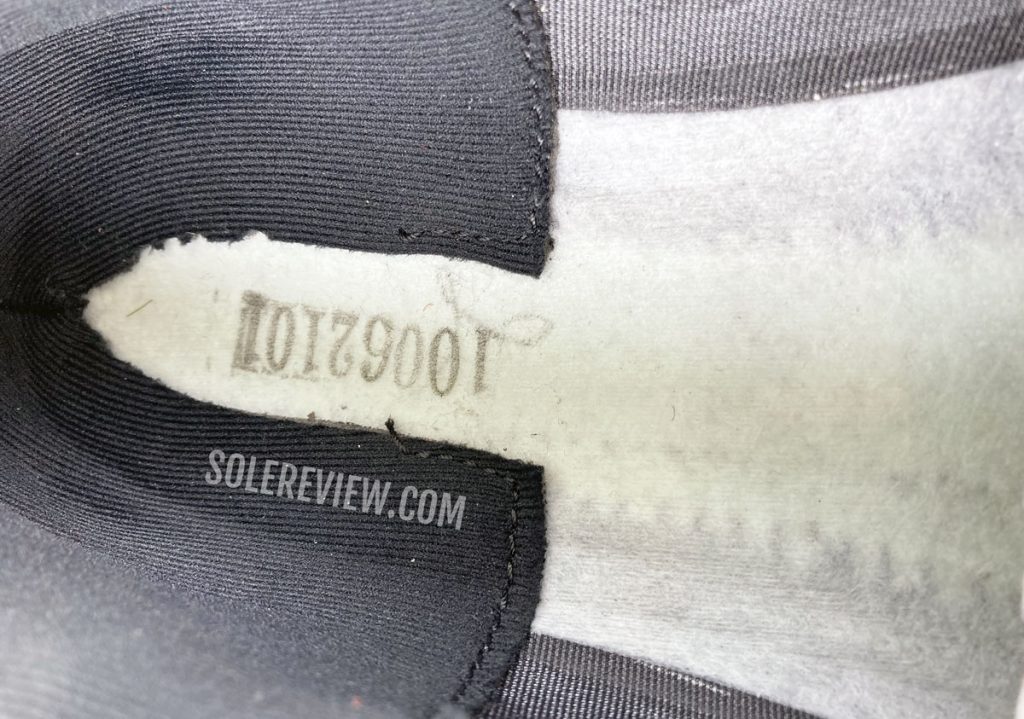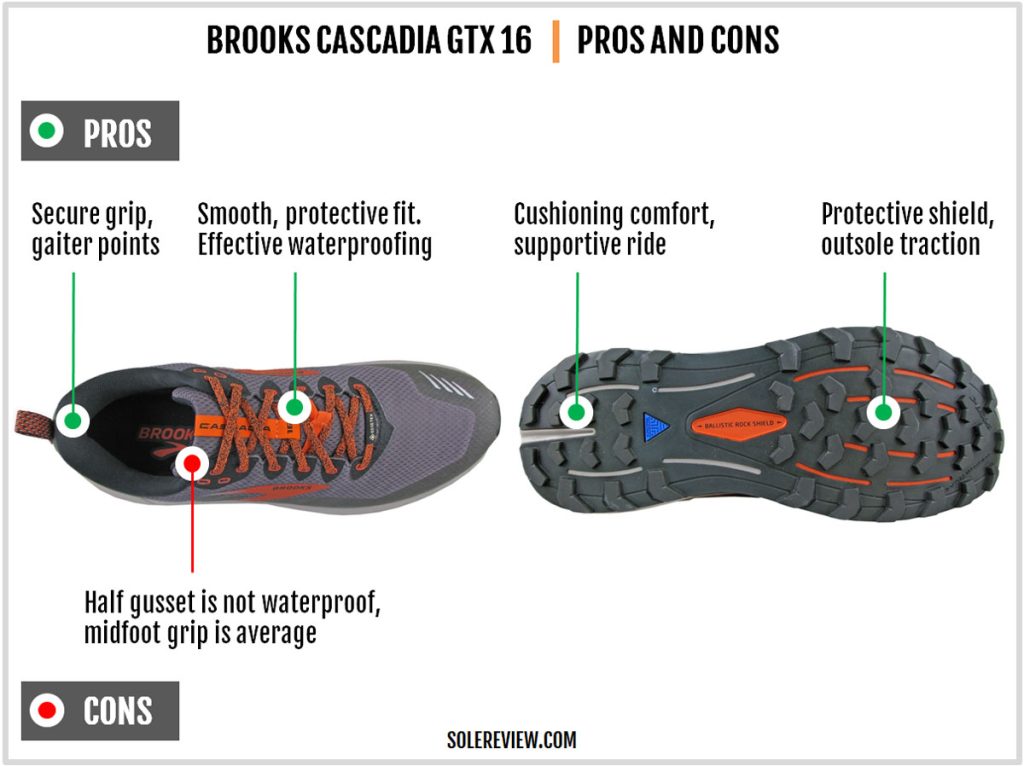The Brooks Cascadia 16 GTX was purchased at full retail price for our review. The amount is in Canadian Dollars.
INTRODUCTION
Athletic footwear brands need to be commercially successful, so trail running shoes do not benefit from the massive advertising dollars that are showered on road running shoes.
Unlike road shoes that can serve both the performance and athleisure market, trail running shoes are specifically designed for off-road use.
Make them too soft, and the shoes will struggle on the trail. And if a trail shoe is overly light, that usually comes with a trade-off – like a missing rock plate or durable outsole.
This means that most casual consumers are off-limits, thus vastly limiting the revenue potential of trail running shoes. There are exceptions like the Nike Pegasus Trail or Salomon XT4 that are relatively popular with urban dwellers.
That’s why trail running shoes are few and far between. Having said that, we don’t view that as a bad thing. If a brand intends to have only a couple of trail products in their line-up, they better be good. Working within constraints often produces optimized results, and trail running shoes are proof of that.
Most athletic footwear brands have at least one trail running shoe to do it all. Some brands even have two or more. Nike has its Terra Kiger and Wildhorse. Saucony’s go-trail shoe is the Peregrine. The Speedgoat and Challenger ATR are Hoka’s popular trail models.
Brooks has the Cascadia as its masthead trail product. This Brooks shoe has been around for a very long time, and it has also been very consistent with its messaging and design goals.
Since the start, the Brooks Cascadia has been positioned as a versatile everyday trail running shoe with high levels of ride comfort. It was almost as if the Brooks took the Ghost and reinforced it with a stronger upper, firmer ride, and a trail-capable outsole.
Just like the Cascadia 16, the cushioning technologies of the earliest versions were based on the tech used in their road running shoes. For example, the Cascadia 4 had fluid-filled ‘Hydro flow’ silicone chambers.
The Cascadia 6 used the non-Newtonian DNA gel cushioning that was also found on the Brooks Ghost 5 and other road shoes.
The Cascadia 16 sticks to the same brief, regardless of its transformative redesign.
The DNA Loft midsole offers a generous amount of mileage-friendly cushioning, whereas technical bits like the flexible rock plate and sticky outsole prove useful over uneven terrain.
The Cascadia 16 is a great all-around trail running shoe with a balanced set of attributes.
Given its cushioned midsole and low levels of proprioception, speed runs are a bit of a struggle. However, that’s par for everyday trail shoes of this category, so this feedback isn’t just directed at the Cascadia.
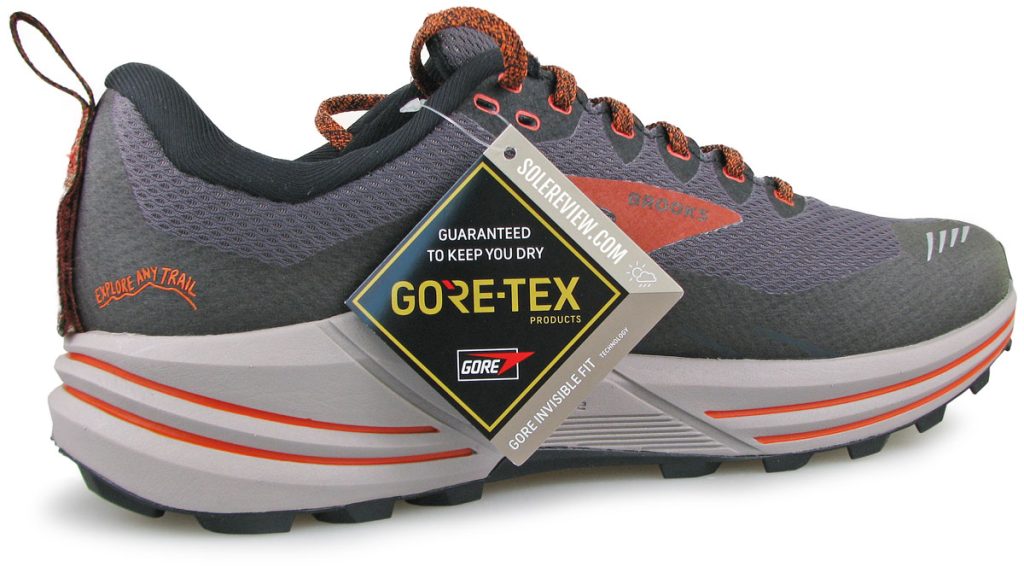
We’re reviewing the waterproof Gore-Tex variant of the Cascadia. It has the same sole under a stiffer upper.
Though we’re reviewing the Brooks Cascadia 16 GTX here, the fit profile is similar. Both variants fit true-to-size, except that the GTX variant feels stiffer due to the waterproof laminate.
The quality of midfoot lockdown isn’t great on the standard and GTX versions – more on that later.
THE RIDE EXPERIENCE
The Brooks Cascadia 16’s cushioning is softer than it appears. Pressing the midsole foam doesn’t result in a lot of give, but running in the Cascadia leaves an entirely different impression.
There’s a distinct sense of deep cushioning muffling the foot-strike and transition.
And even though the bottom is covered with a solid rubber outsole and rock plate, there are thoughtful design touches that balance ride comfort with dependable stability.
Several things work together in the background to make the ride cushioned.
The outsole is generously grooved – and not sideways, as is usually the case with road running shoes, but lengthwise.
Under the heel, the outsole has a groove splitting it under the rearfoot. That’s followed by a few grooves on the sides and under the midfoot. Finally, the forefoot has eight grooves that also expose the orange-colored ‘Rock Shield’.
The longitudinal grooves give the outsole freedom of movement over the uneven terrain. Many trail running shoes use a solid piece of rubber for their outsoles, and that reduces the flexibility and adaptability. While the Cascadia’s forefoot is inflexible when bent sideways, it feels surprisingly adaptive over imperfect terrain.
On the other hand, an articulated geometry allows the different sections of the outsole to work semi-independently. In the Cascadia 16’s case, the grooved design increases the cushioning softness and also benefits the overall grip.
The grooves make it easier for the outsole to flex together with the midsole, thus reducing the overall stiffness.
Wear-testing the Cascadia 16 over a technical trail also brought forward the excellent traction of the TrailTack outsole. The grooved design makes the outsole soft, and that increases the contact area.
A good analogy would be how off-road vehicles work. An all-terrain tire with low air pressure is better for gripping obstacles, as the softness increases the overall contact area.
Even though the Cascadia’s outsole has a rock plate, it’s not a stiff component. It appears to be made of a thick fabric that flexes easily – thus the name ‘ballistic’. For all we know, it could be high-denier Nylon.
With a few exceptions, the Cascadia 16’s outsole grips extremely well. We tested the Cascadia 16 under tough running conditions – muddy, wet, slippery, and a floor full of decomposing fall leaves – no complaints there.
Smooth rocks with a thin film of algae – like the ones in a shallow stream – are a challenge for most outsoles, and the Cascadia struggles to grip there.
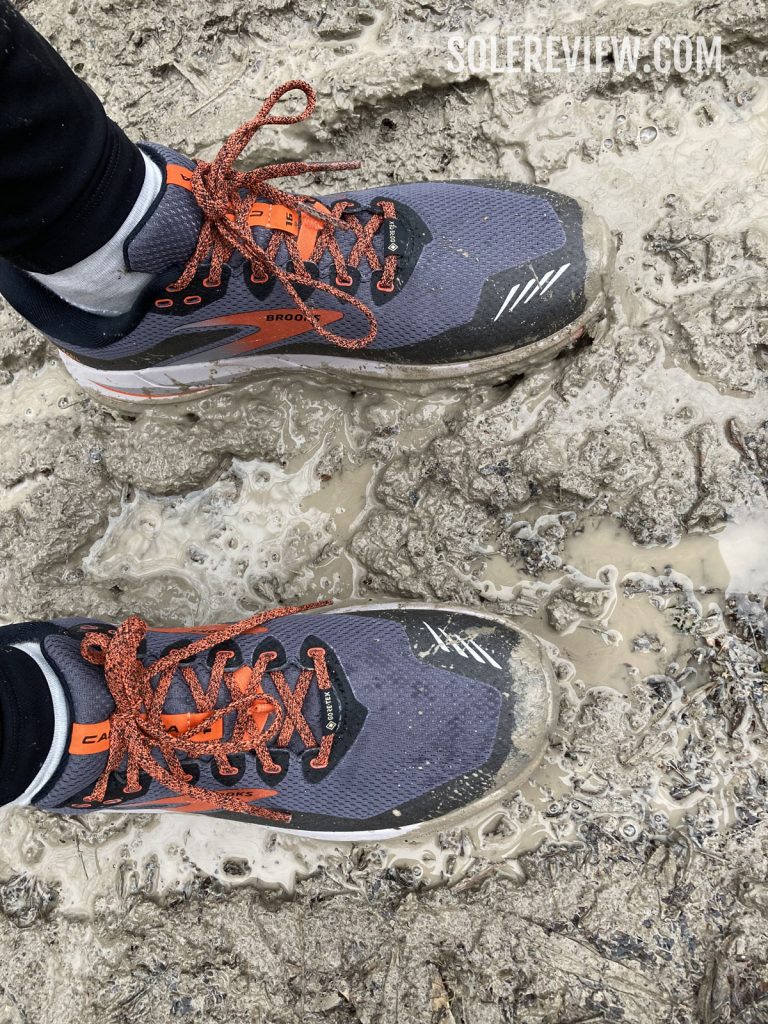
We tested the Cascadia 16 on a cold, rainy day. In other words, it was the perfect condition to test the limits of outsole performance.
Extra-slushy clay or mud is another surface where there’s a loss of outsole traction. But again, this feedback isn’t just specific to the Cascadia but to most trail outsoles – unless they have extra-long lugs or spikes.
We also found that the Cascadia 16 didn’t grip very on wet metal steps or bridges – a structure that’s often found in trail parks. That was unexpected.
Lastly, we’d keep the Cascadia off freshly-snowed sidewalks with an icy bottom layer. Here, we’d choose an outsole like the Saucony Peregrine ICE+ – even if it isn’t as good as advertised.
The ballistic rock shield is fairly protective. Unlike stiff rock plates, the Cascadia doesn’t completely eliminate the poking feel from pointy rocks and roots, but it dulls the sensation. From a ride perspective, that’s good enough and a satisfying balance between protection and ground feel.
It’s important to test a trail running shoe over a variety of surfaces, and not just over treacherous terrains. The term ‘trail’ can mean anything from a flat gravel path to packed soil, or a steep gradient with challenging surface conditions.
On the flat trails with packed soil or gravel, the Cascadia 16 is as comfortable as a cushioned road shoe. The single-density DNA Loft (an EVA foam blend) midsole is thicker, softer, and wider than the Cascadia 15.
The deep channels (filled with orange paint) on the midsole sidewalls also compress during the landings and transitions to help with the cushioning. Inside the upper is a perforated insole for step-in softness.
It’s worth mentioning that the Cascadia 16’s midsole and outsole design differs vastly from the 15.
The Cascadia 15 used ‘pivot posts’ – a Brooks term for firmer wedges of foam on the forefoot and heel. The Pivot Post has been part of the Brooks Cascadia as long for as we can remember – it goes as far back as the Cascadia 3.
Well, the Cascadia 16 no longer has them. The midsole is wider instead, and that has its upsides and downsides. The wider midsole makes the ride very stable and increases the outsole coverage area.
However, the wide footprint makes the Cascadia less than ideal on technical trails where a secure upper fit is as important as a stable midsole. The Cascadia 16 has a wide midfoot waist, and that affects the upper fit.
The upper feels secure near the top – where the laces are – but there’s a sense of extra space in the lower part of the upper. As a result, the foot doesn’t feel securely locked in, particularly on the inner (arch) side.
The easygoing fit dilutes the Cascadia 16’s versatility over challenging ascents or descents.
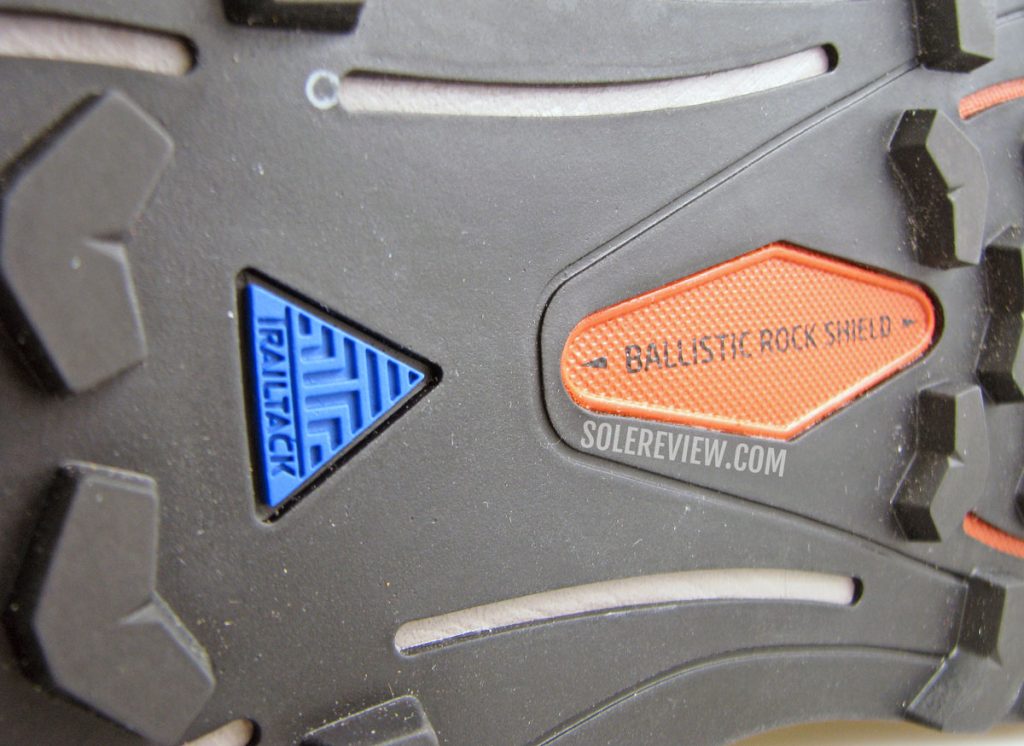
For a trail shoe with a solid rubber outsole and a flexible rock shield, the proprioception isn’t bad at all.
While the proprioception isn’t bad because of the flexible outsole and rock shield, it would have been much better with a snug fit. The fit is an important area of differentiation between the snugger Cascadia 15 and the more spacious Cascadia 16.
So what’s our verdict? We view the Cascadia 16 as a very comfortable and protective trail running shoe that’s capable of most things except for speed-work or high-paced runs on technical terrain.
We recommend either the adidas Terrex Speed Ultra or the Altra Lone Peak 5 for faster trail runs.
And if you intend to use the Cascadia 16 as a hiking shoe, then you’re good.
IS THE BROOKS CASCADIA 16 DURABLE?
The life of the Cascadia 16 depends a lot on where it’s used. Given the soft outsole with pointy lugs, extended use on paved surfaces will lead to faster wear and tear.
Other than that, nothing on the Cascadia suggests a fragile build. The layered upper on the GTX and standard Cascadia is durable and reinforced with fused overlays for structural strength.
THE UPPER DESIGN AND FIT
We’re reviewing the GTX variant, but there’s not a lot of difference in the interior space between this and the non-waterproof model. Brooks uses a premium version of GTX called the Gore-Tex Invisible fit that’s thin and doesn’t take up space.
Having said that, there are a couple of differences in how the upper feels over the foot. The GTX upper is stiffer as well as less breathable – and that’s understandable given the waterproof exterior.
The standard Cascadia’s upper is softer as well as better ventilated. And while the sides and toe-box of both the variants are reinforced with fused overlays, the non-GTX upper has thicker layering over the mesh.
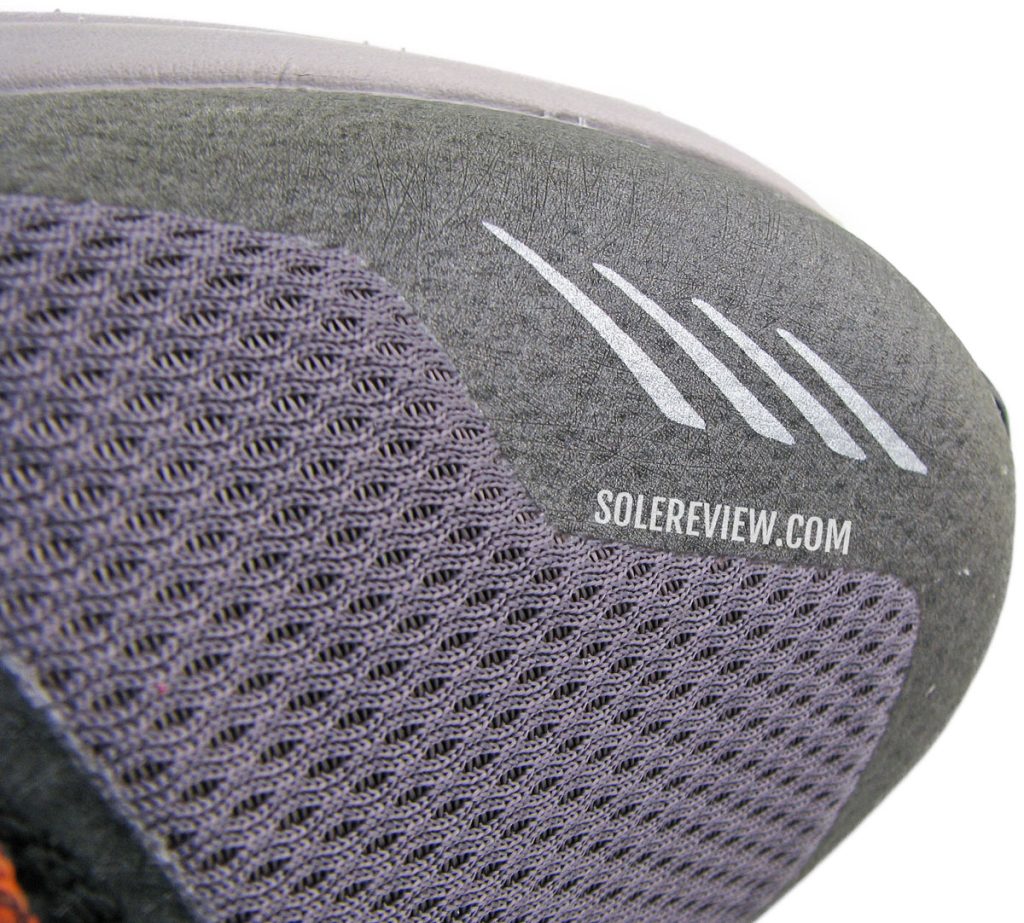
The toe-box fit is just right and doesn’t squeeze the foot. A fused bumper offers protection on the trails.
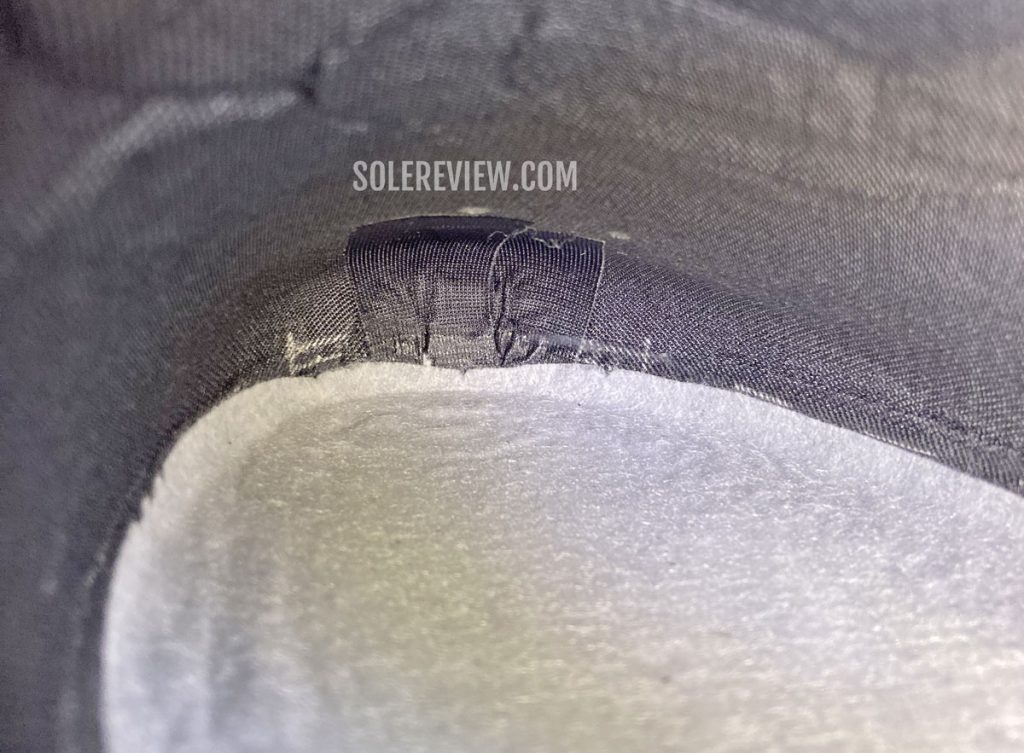
Here’s what the toe-box interiors look like. No seams or hot spots. The waterproofing adds adequate wind resistance as well.
The toe-box has excellent proportions. The front of the upper has a broad profile that doesn’t jam the toes into a tight spot. The ceiling height is perfect. The forefoot is snug, as it should be.
The laces are easy to use, and stay tied. The lace length is just what it needs to be – not too long, nor too short.
Having an additional pair of eyelets under the last two lacing rows comes in handy if extra cinching becomes necessary.
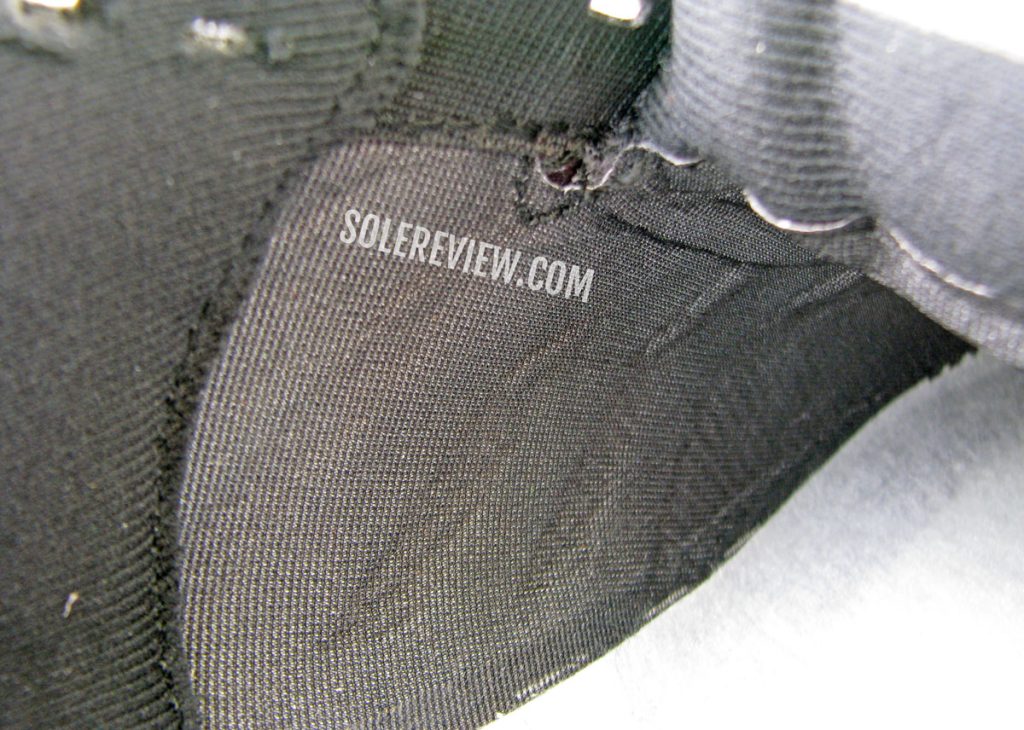
The upper is only half gusseted. This means that the Cascadia 16 GTX’s tongue flap isn’t waterproof.
Slipping into a pair of Cascadias is easy; the upper does not have a bootie design. The tongue is semi-detached, with only the lower part connected to the upper.
Interestingly, the upper portion of the GTX’s flap isn’t waterproof, so we felt the occasional splash of cold water during a rainy run.
Other than that, the Cascadia GTX 16 is waterproof as advertised.
Water did not enter when briefly submerged in a shallow stream; the fused mudguards also add water resistance and protect the mesh upper from snags and similar mishaps.
The tongue is padded, but it’s not great at absorbing the lacing pressure. Though the lacing never gets uncomfortable, one wishes that the tongue were thicker or firmer near the top.
The wider midfoot base and the absence of a gusset or internal strapping system means that the laces do all the heavy lifting. This wasn’t much of an issue on the slimmer Cascadia 15, but it is here. The foot feels secure near the top, but doesn’t hug the arch.
It’s not a deal-breaker, of course. The Cascadia 16’s fit security is sufficient for most conditions except for speed runs on steep grades.
There are no distracting hot spots due to the seamless construction. The heel collar is comfortable and doesn’t move over the foot.
PROS AND CONS
The Cascadia 16 is surprisingly versatile. The thick midsole is stable and cushioned for most trail runs except for fast runs on technical trails. The outsole grip is excellent, and the flexible rock shield is protective as well as proprioception friendly.
Though the quality of midfoot fit was underwhelming, the rest of the interior does a satisfactory job of securing the foot on bumpy terrain.
The insides fit smooth with no pressure spots, and the Gore-Tex version is great at keeping the water out. However, a gusset or midfoot sleeve would do a better job at keeping the debris and moisture out, as well as making the midfoot fit more secure.
SHOES SIMILAR TO THE BROOKS CASCADIA 16 GTX
The Nike Wildhorse 7 is the Cascadia 16’s closest match. The non-waterproof version is priced identically, and the midsole has similar features like a flexible rock plate and a comfortable ride. The outsole grip is excellent too.
The Wildhorse 7’s upper achieves a fine balancing act between being protective and accommodating; we like its midfoot fit better than the Cascadia.
Trail running shoes like the Hoka Challenger ATR 6 and Asics Trabuco Max are somewhat comparable. Neither have a rock plate, but their midsoles are thick and protective. For superior versatility, it’s worth considering the firm and snug-fitting Hoka Speedgoat 4.
The Saucony Peregrine 11 has a similar use case as the Cascadia. It’s a versatile trail running shoe that works for most surfaces except running down technical terrain at speeds.
Do you own this shoe? Improve this review by sharing your insights – submit a review here.

